Hanna Schneider
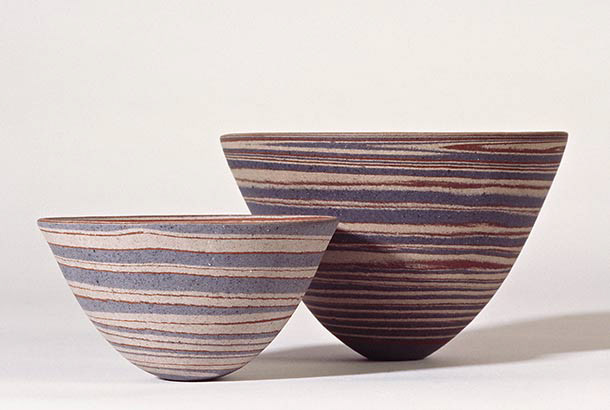


Andrew Davidson
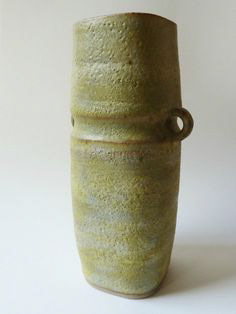
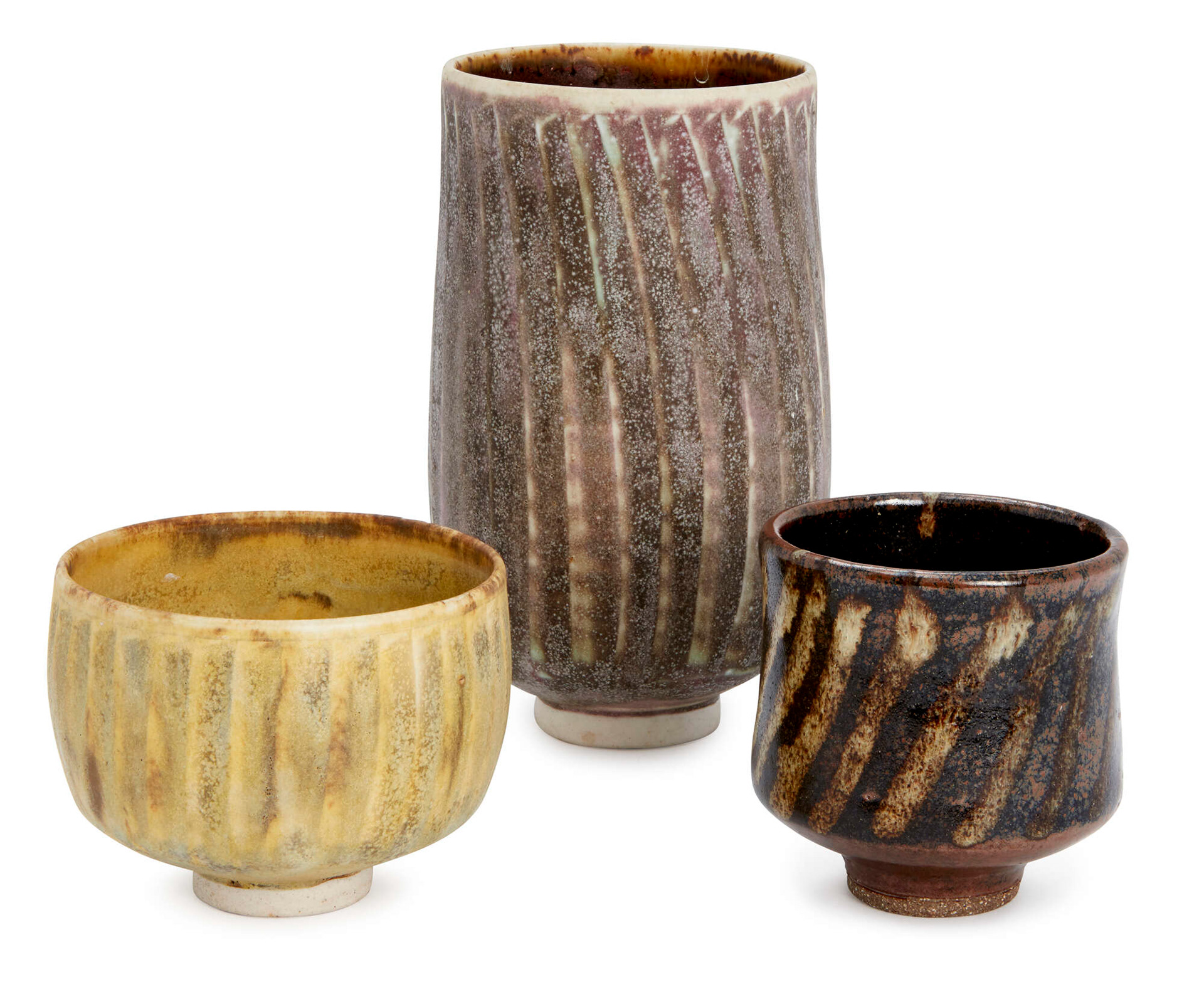
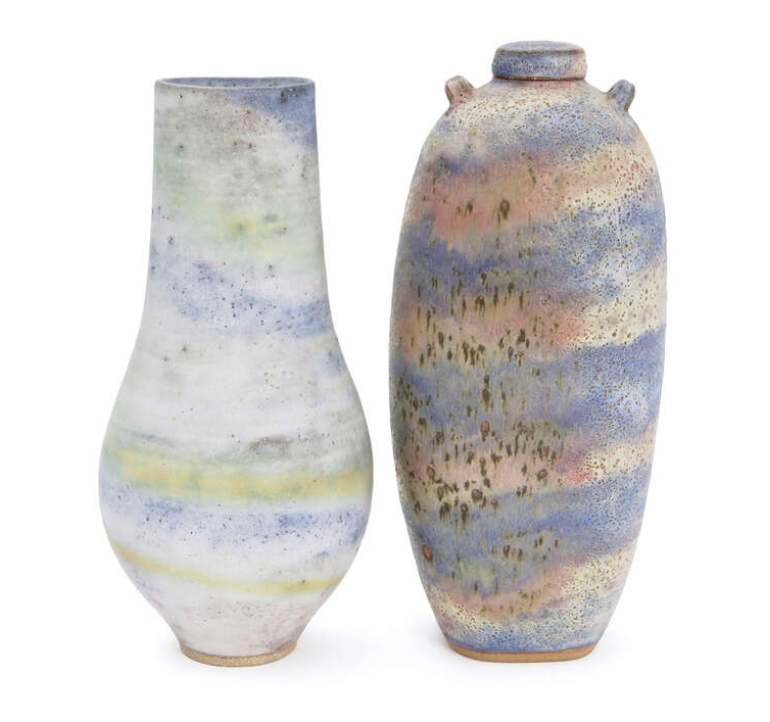
Lucie Rie
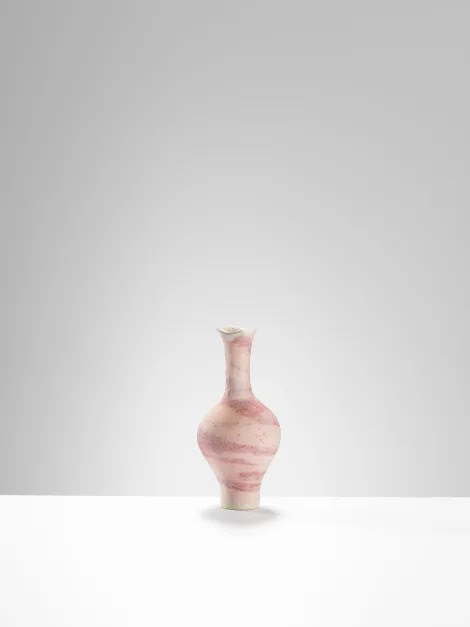
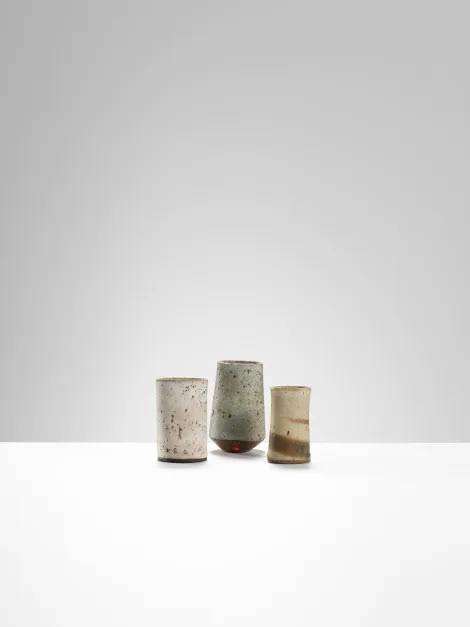
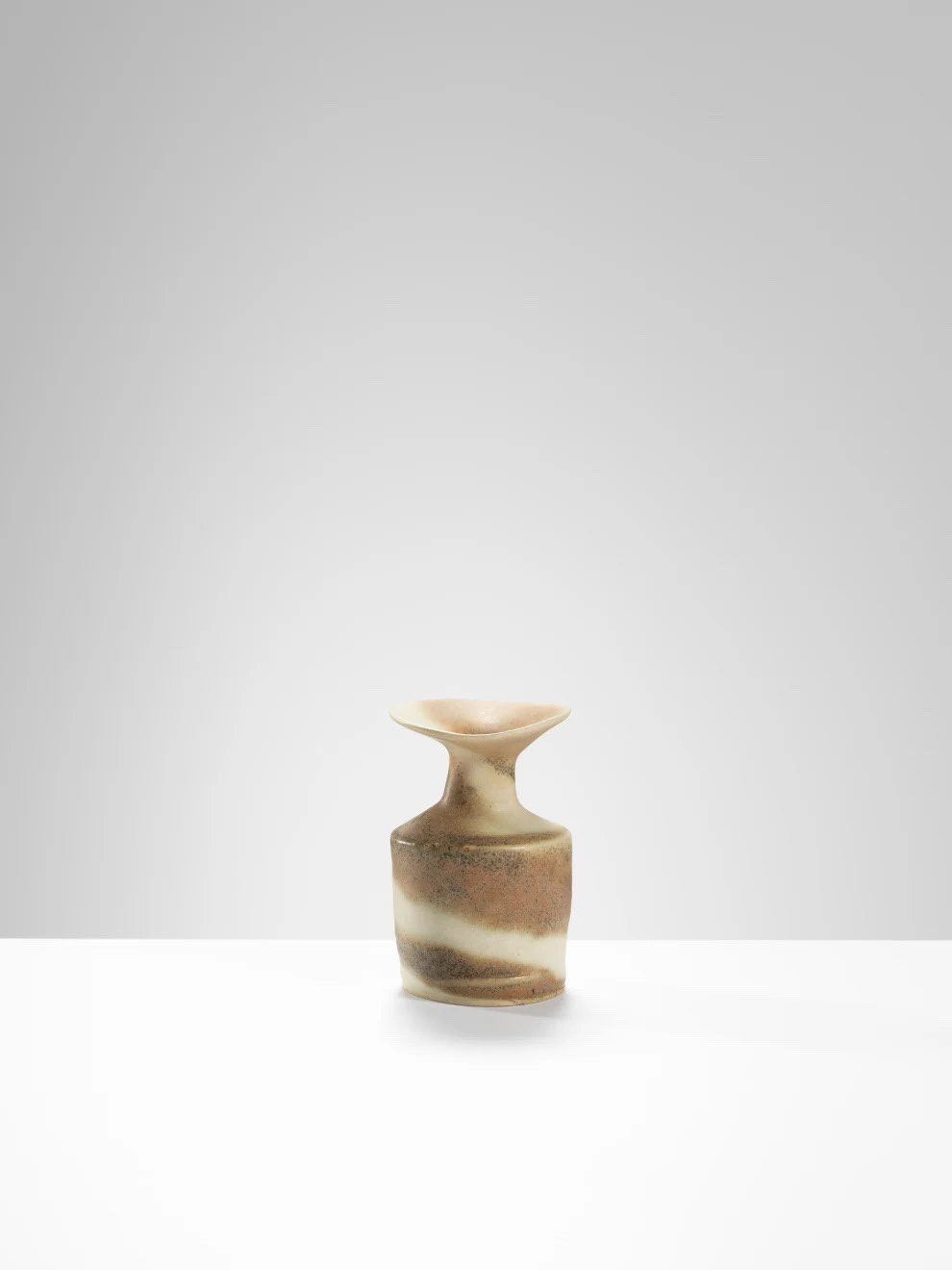
Lucie Rie is an Austrian-born, independent, British studio potter known for her innovation and modern approach to ceramics. She is known for her extensive technical knowledge and meticulously detailed experimentation with glazes and clays. In the 1930s, she established her pottery studio in Vienna, where she experimented with brightly coloured ceramics and adopted an unorthodox raw-glazed style deploying rough surfaces and textures. Ries's work inspired me, and the use of vivid colours attracted me. When looking further into her work, her work is functional, with refined shapes, but still has irregularities and organic qualities, which is something I would like to pass through my work.
These pieces sell for £4,000-£8,000
Colouring Clay by Jo Connell
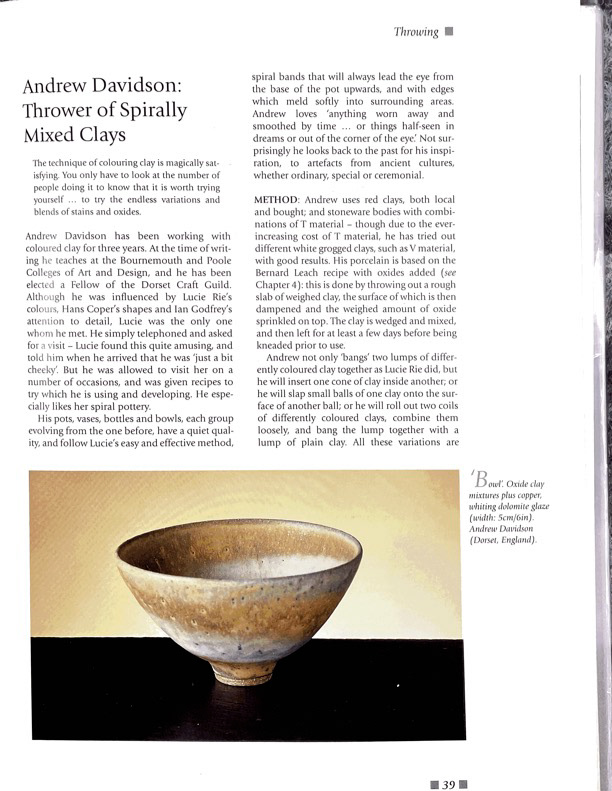
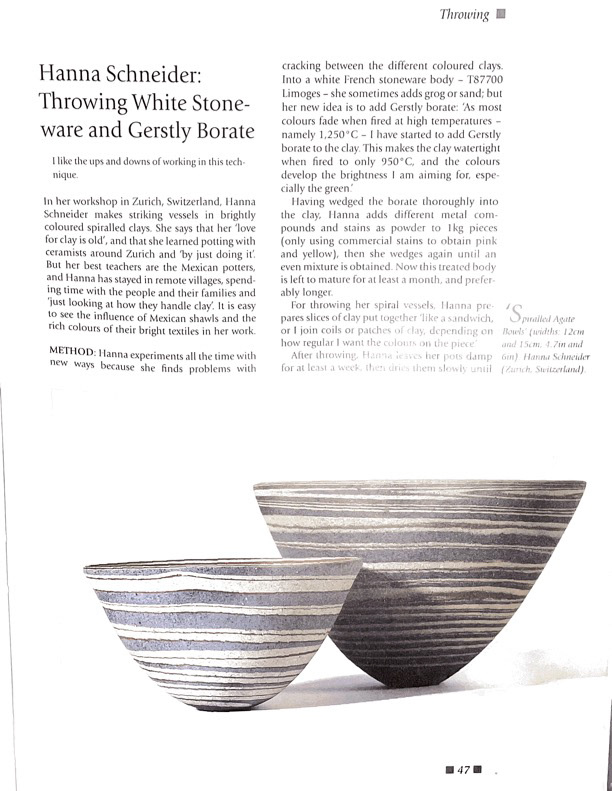
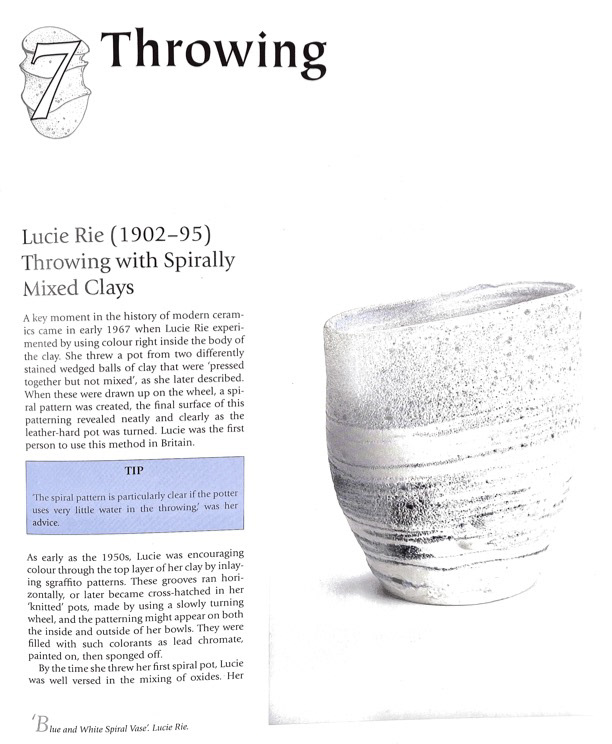
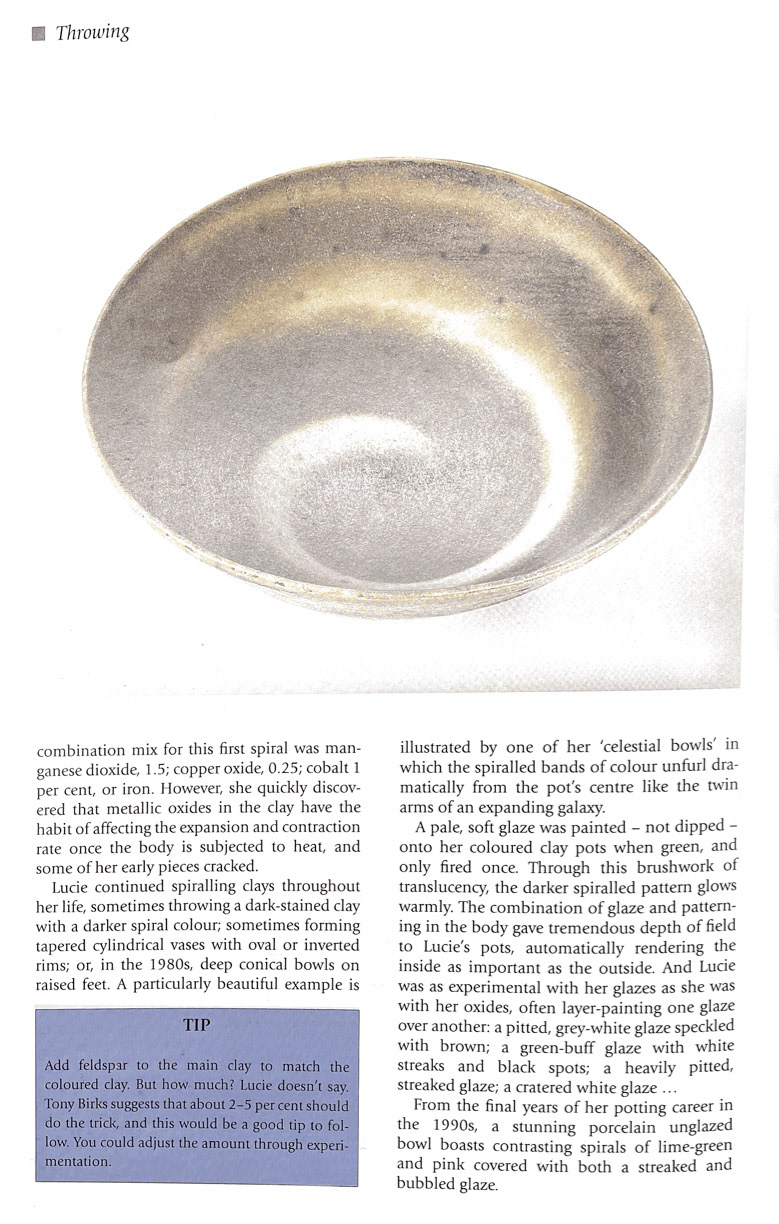
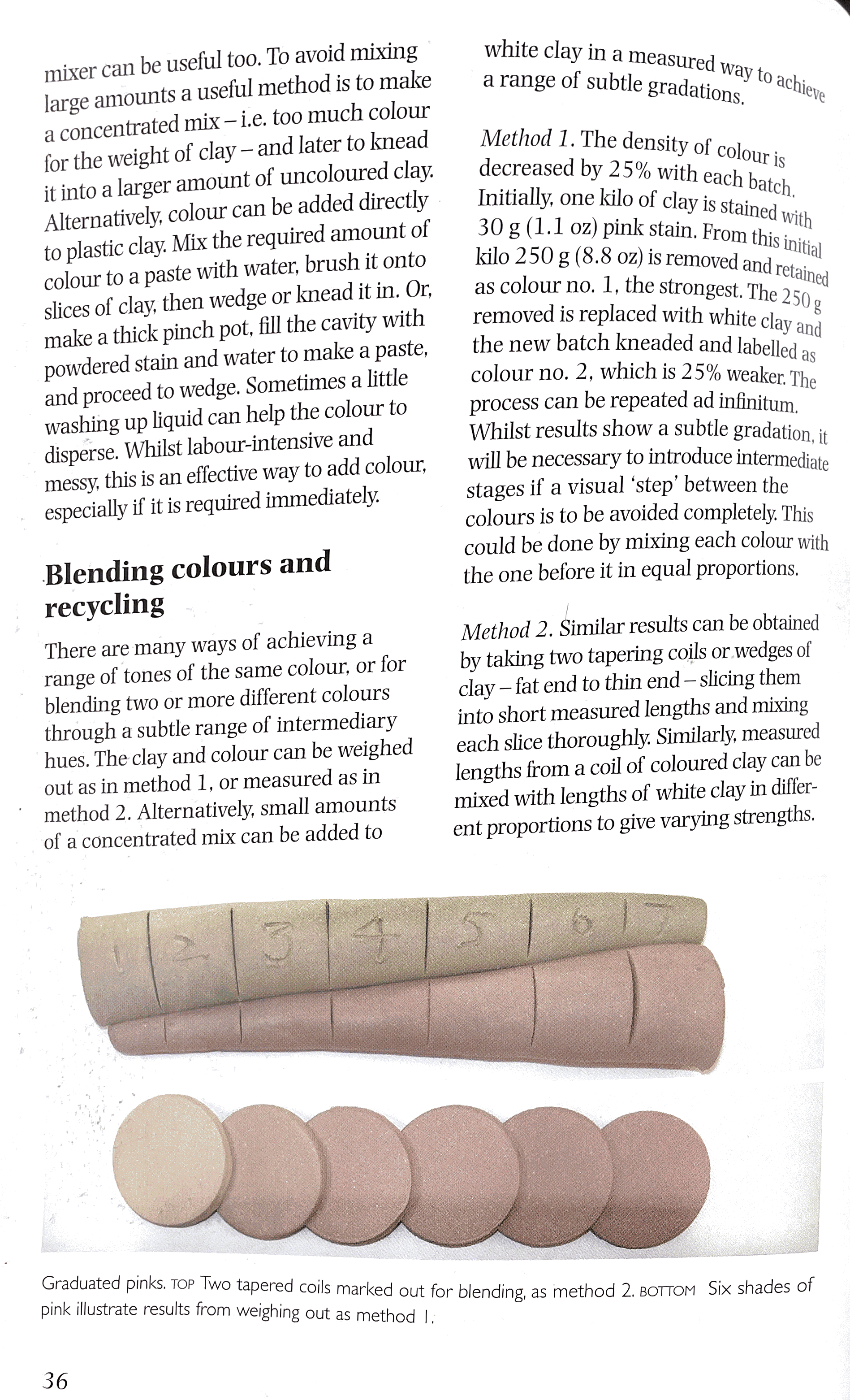
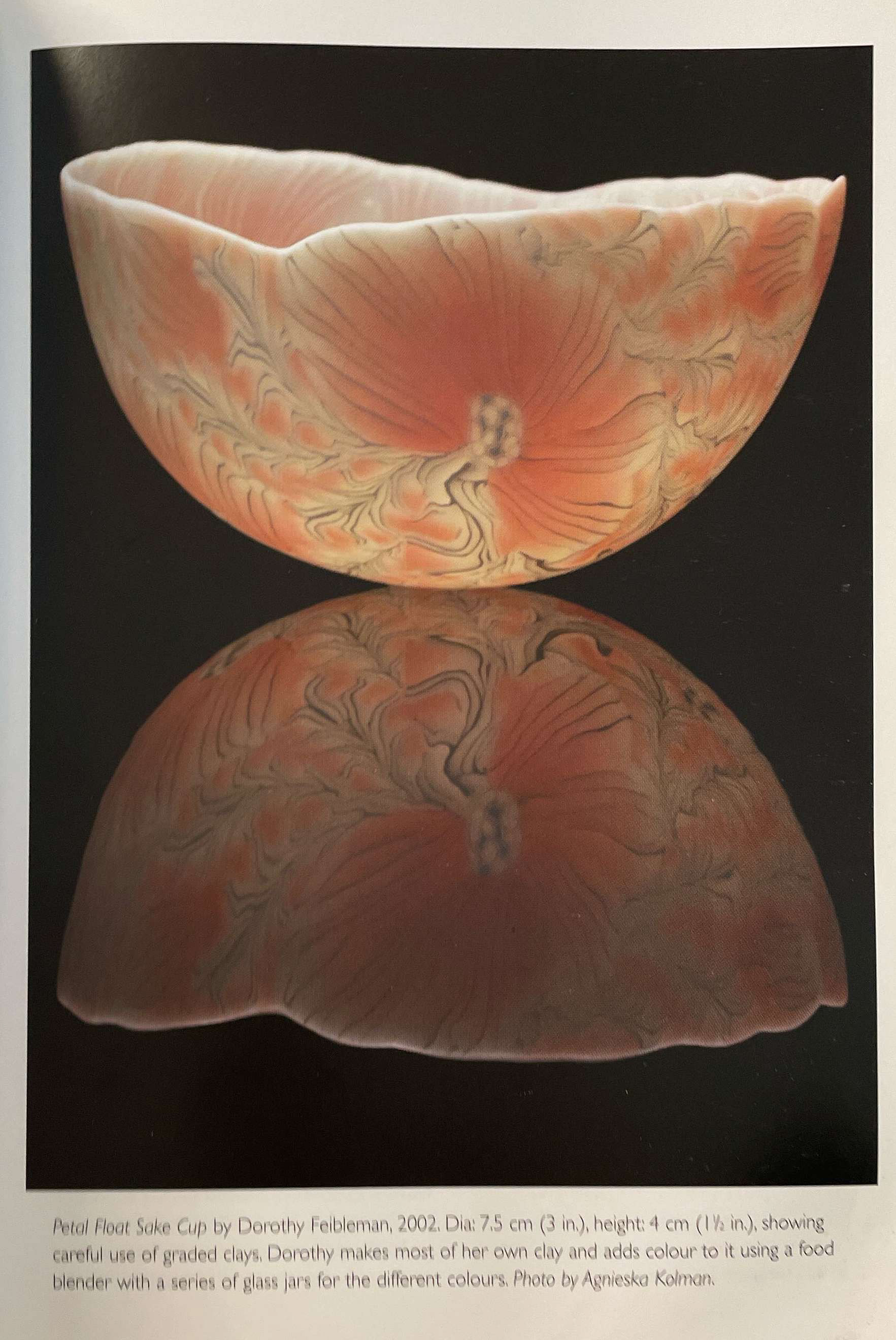


This book introduces and explores coloured clay and various methods for creating it. It allowed me to develop my knowledge of coloured clays and learn more about oxides and their effects on our work.
Charlotte Jones
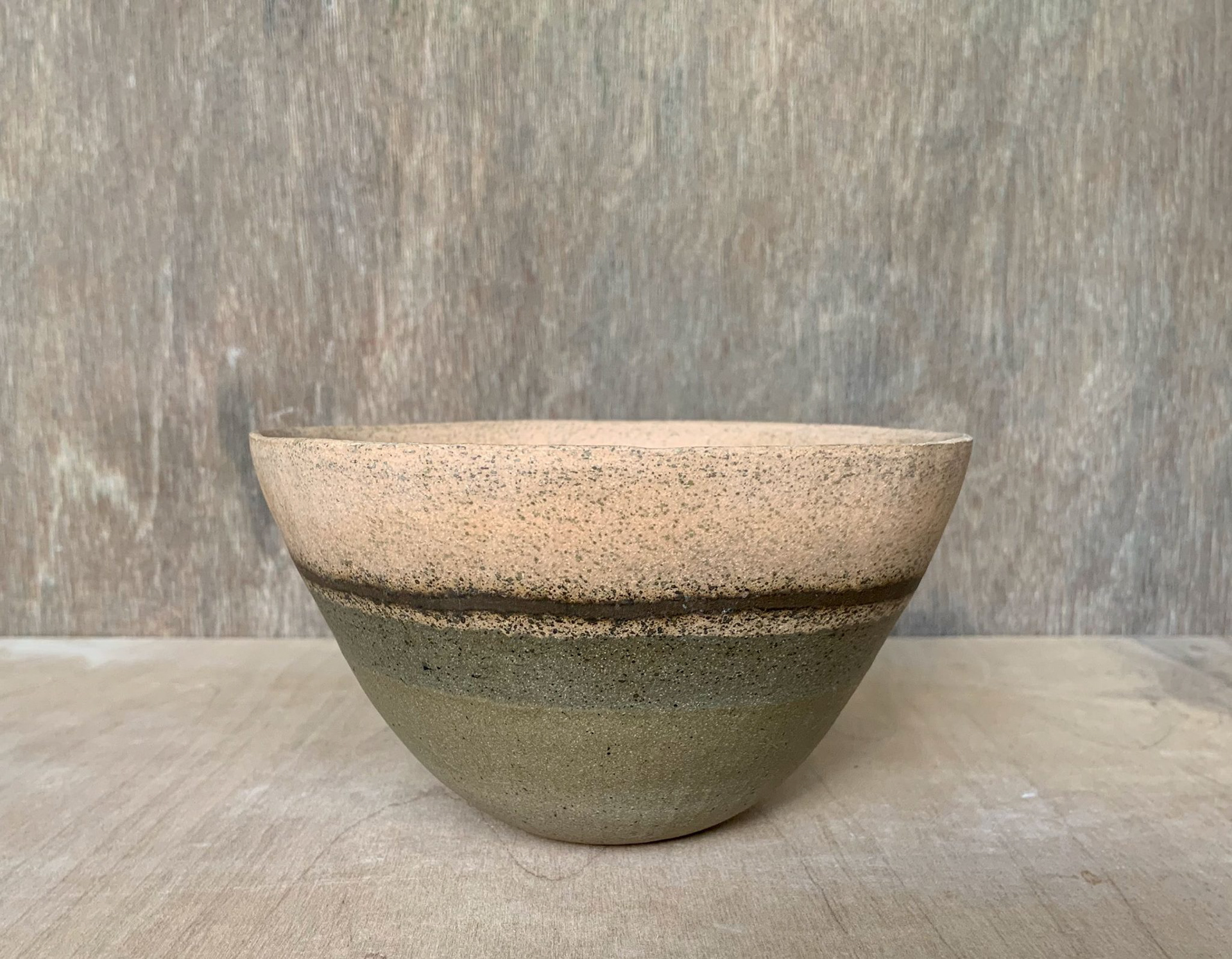


With its dramatic land and coastlines, Cornwall inspires Charlotte Jones to make her unique and individually handmade ceramics. She experiments with natural-coloured clays and adds more pigments to local clays before coil-building her vessels. The result is a series of vessels with bands of varied colours and textures.
Selling around £70-£145
Sarah Crosby



Manchester-based ceramicist who experiments with coloured clay using stains, her work is all about people. Working with, observing, and celebrating people, her work revolves around celebrating the everyday and drawing attention to the mundane moments that make up our days, the passive bits of our day-to-day that often get overlooked. Her colourways are also inspired by these everyday passings, celebrating the small things we often overlook.
Pricing is based on individual orders.
Coffee Mugs History
https://www.mugs.coffee/oldest-coffee-mugs/
Archaeologists discovered the oldest mugs that date back to the Neolithic Stone Age, some 10,000 years B.C. These drinking vessels, found in China and Japan, were durable but lacked handles. Until the invention of the pottery wheel, clay mugs were made and decorated by hand. By 2000 BCE, metal mugs were made of gold, silver, bronze, and lead. It wasn't until 600 CE that porcelain was invented in China, becoming the most popular mug material, being thin and lightweight. Until 1992, espresso cups were only available in plain white; some featured a logo for decoration. According to the American Chronicle, Illy was the first company to marry art and espresso. Their groundbreaking decision to commission architect and designer Matteo Thun to reimagine the espresso cup led to the creation of Illy's Art Collection sets.
Illy Expresso Mugs
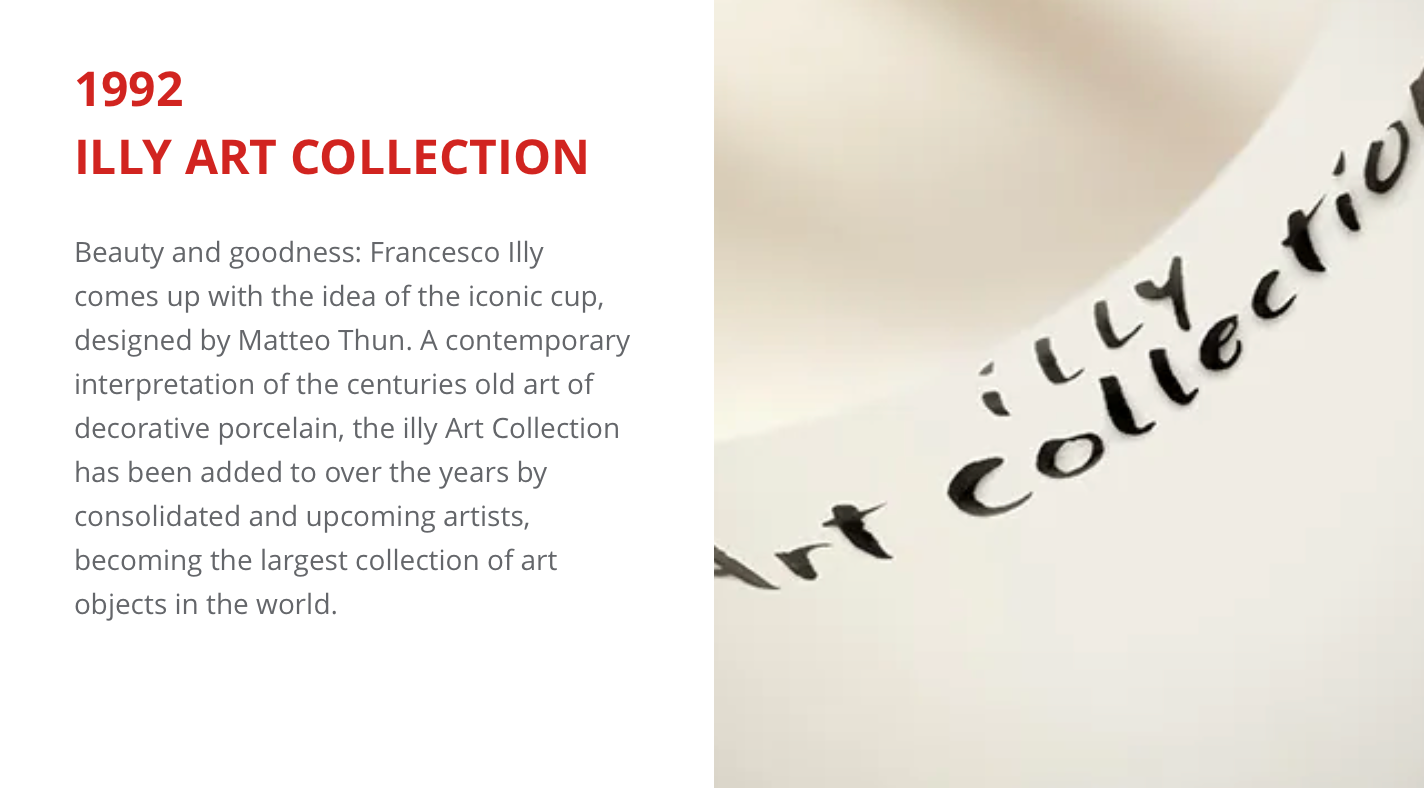
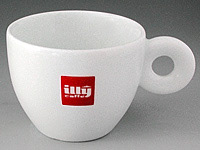
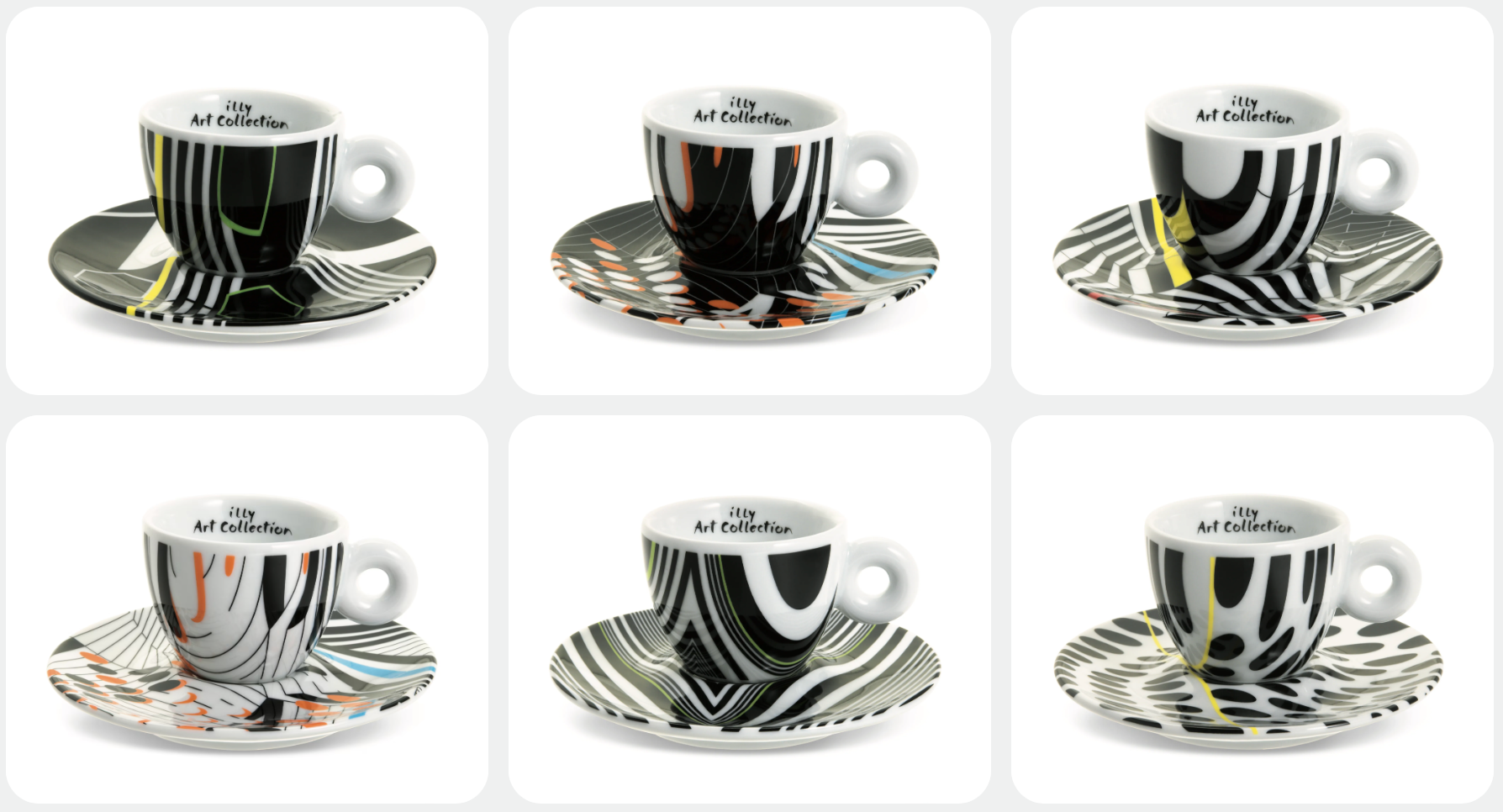
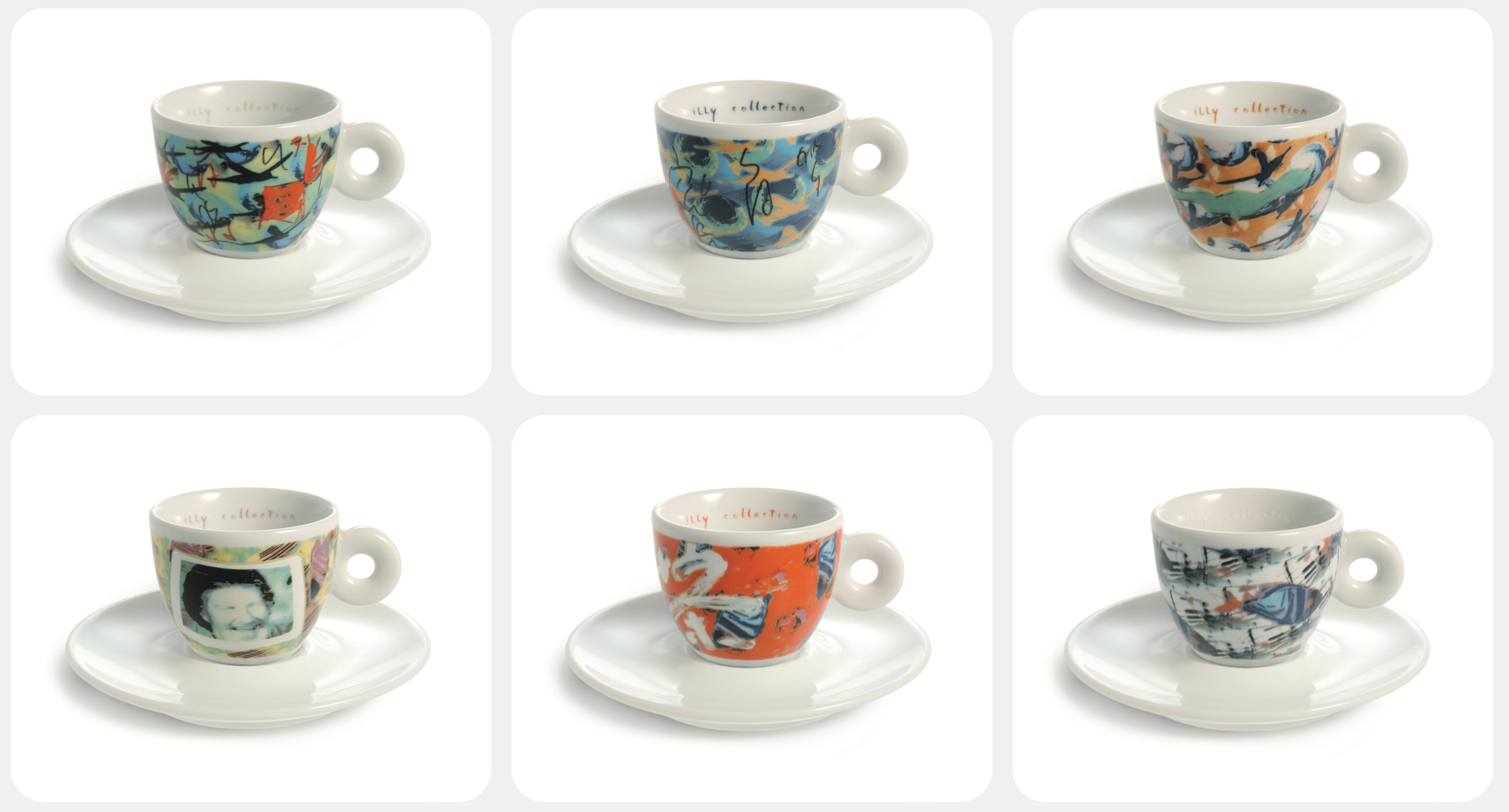
2010 Tobias Rehberger—The cup is painted with curves, stripes, and colours that merge with the porcine, creating a camouflage effect—an optical illusion by Tobias Rehberger.
1996 Nam June Paik—Contemporary artists use white porcelain like a tiny television screen to create electromagnetic waves. Bold, bright colours attract an audience.
Research into Illy was interesting as their work shifted between functional and aesthetic, applying art to functional everyday objects and enhancing the drinking experience. It is a renounced brand that helps expose artists and celebrate the art world. Although I do not directly apply art to my mugs, the whole process and development is my process.
Mug Size Guide
Looking further into mugs and the traditional mug sizes, I wanted to explore more to get a deeper understanding of the product I was producing and to be able to refine my product, as I'm not following a traditional mug; I know these sizes do not apply to me, but I know that I want my mugs to be smaller than these giving me a good reference sizing for my mugs.
I want my mugs to be around 160ml-200ml, no larger. I intend for them to be used as aesthetic coffee mugs; the target audience is people who appreciate and love coffee and its art, knowing that a mug can change the coffee-drinking experience. This is how my mugs will sell best, and I can price them a bit higher than ordinary mugs, appreciating handmade ceramics.


Shapes of Mugs
what to think about- the comfort -the aesthetic -the convenience -drinking experience


Reading more about mug shapes and the effects a mug shape has on implementing the drinking experience is intriguing. Not Neutral, a coffee mug brand, spent years delivering their mug, enhancing the drinker's experience. The specially designed mug enhances the coffee's comfort, taste and characteristics. Depending on the mug shape, you can decipher the flavour of the coffee, which is something I never knew and found fascinating, allowing the coffee to be sweeter, bitter and smoother.
https://www.thelittleblackcoffeecup.com/journal/notneutral
https://eightouncecoffee.ca/collections/notneutral?sort_by=best-selling&filter.p.product_type=Coffee+Cups
https://blog.englishteastore.com/2014/01/06/teacup-shapes-compared/
https://www.sciencedirect.com/science/article/pii/S0950329318310012#s0085
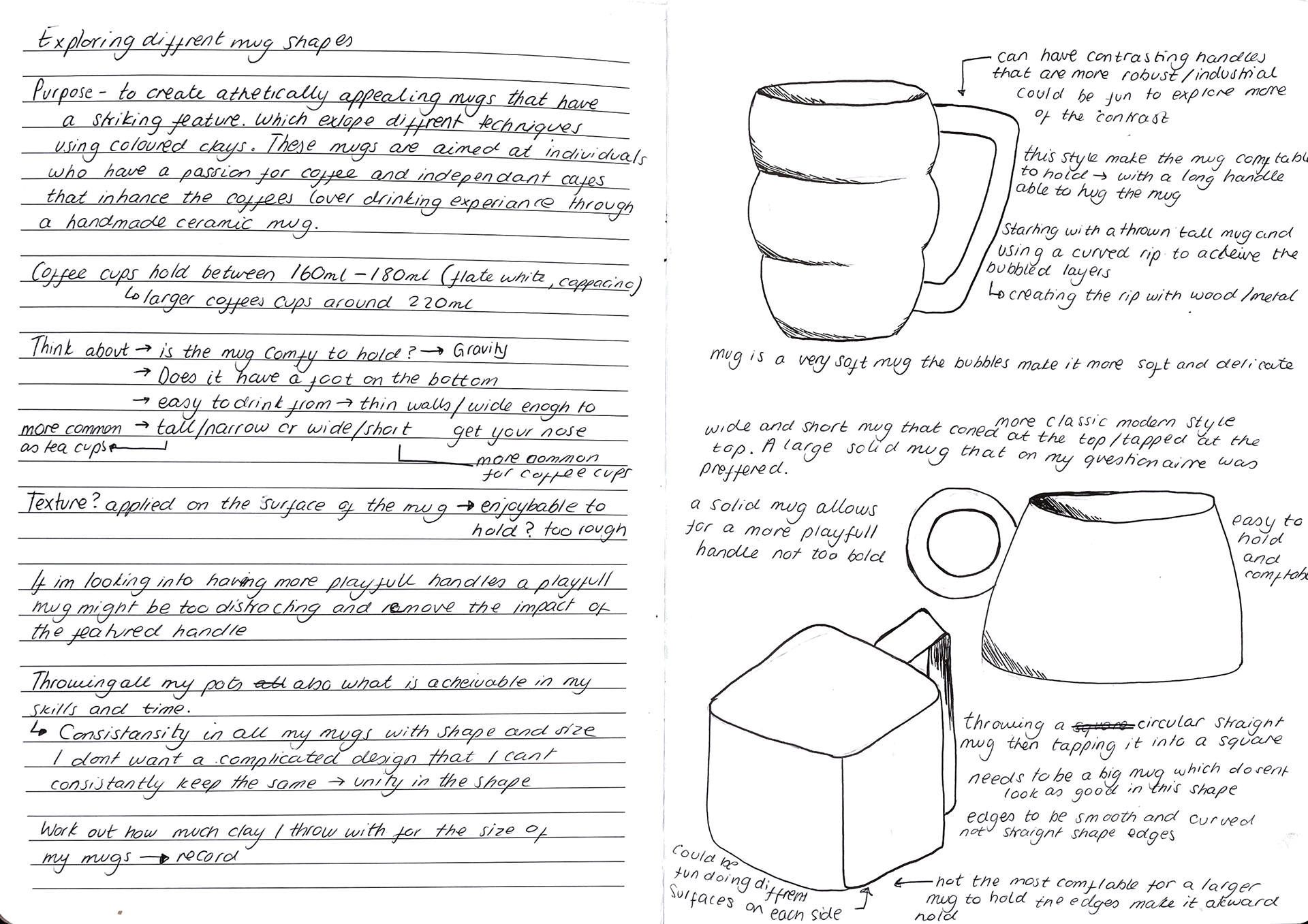
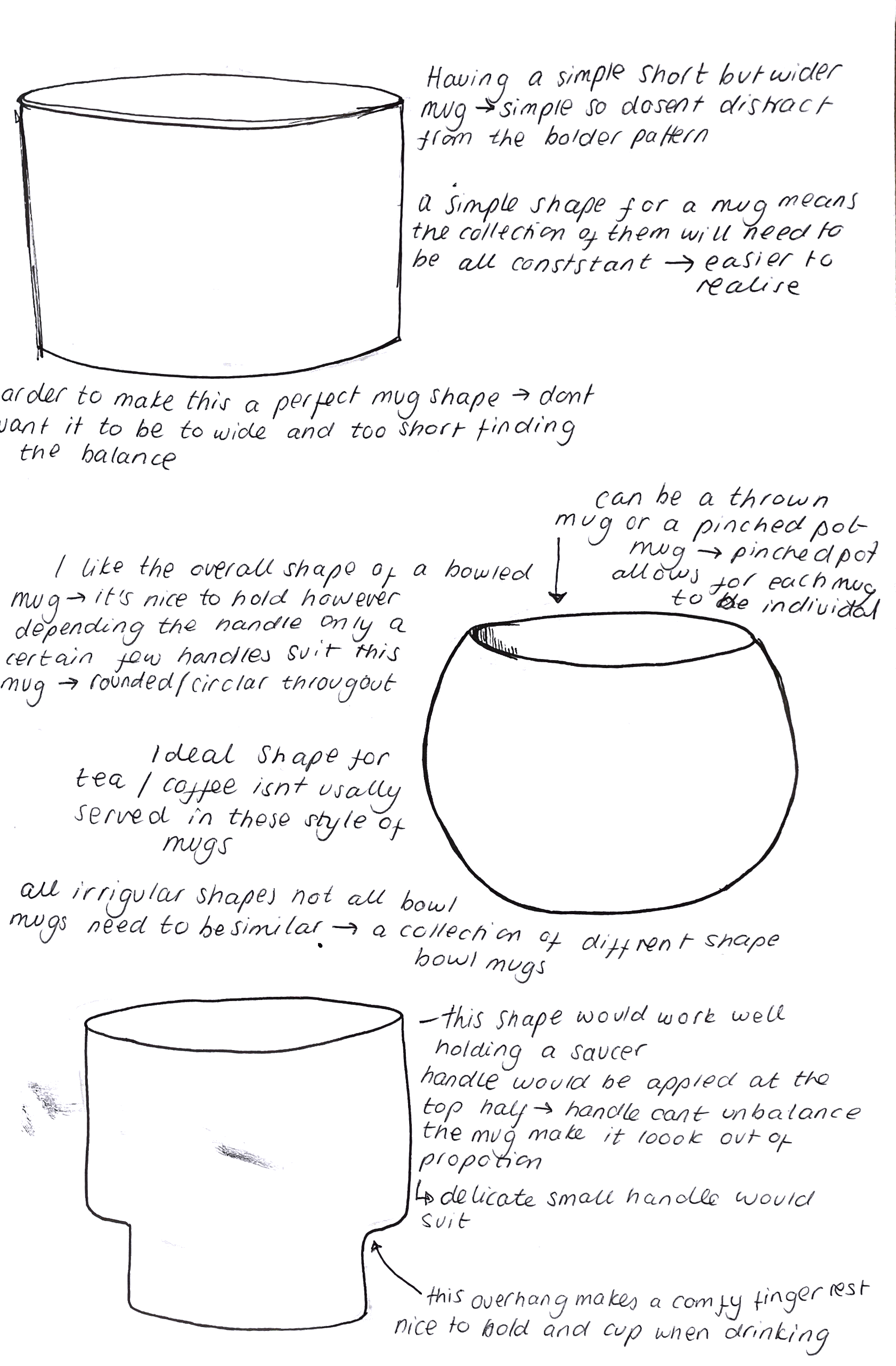
Shapes of Handles
Thrown vs Pinch Mugs
Looking further into mugs, I had to decide if I wanted to create thrown or hand-built mugs, usually pinch or slab mugs. I did extensive research into both, looking at both products and reflecting on my making with what I felt comfortable with. Although I would be more comfortable with pinch mugs, I wanted more of a challenge, allowing myself to grow more confident with throwing. Pinch pots are all unique and individual to each other; there are usually larger mugs with more sturdy handles. Thrown pots are more consistent in a collection; you can make them the same size with the same weight of clay, making them look more of a higher standard. You also have more control with throwing once you have practised and can trim.

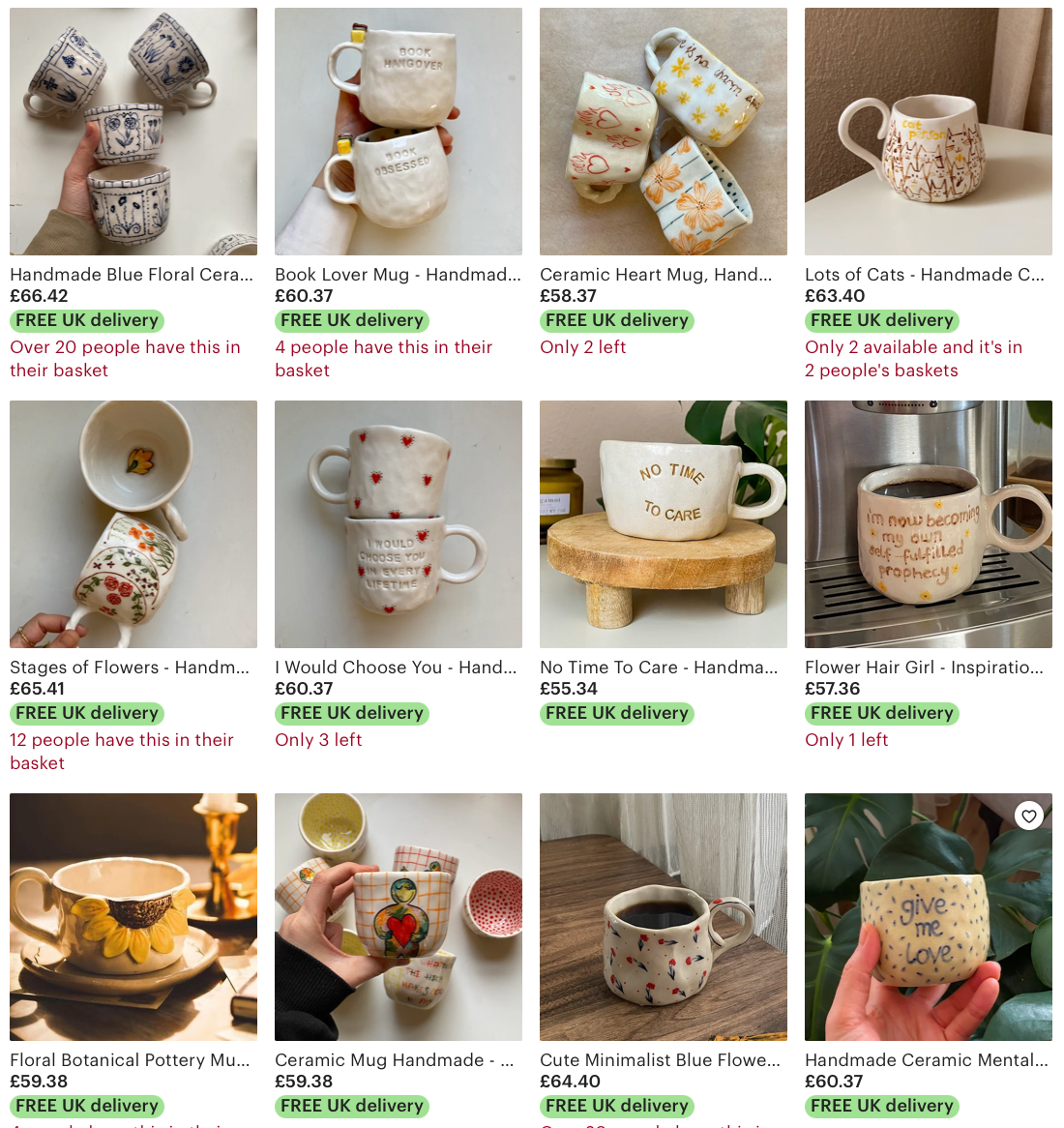
I threw my mugs as I thought I could gain more consistency by having them all the same size, weight and build. As I also want to experiment with coloured clay, I think this would be most effective with throwing as it allows the coloured clay to spiral and create the pattern that I want in my work; with a pinch pot, I can't get the same effect, making it less effective.
Primary Research
I created a questionnaire on mugs, asking an audience to explore a broad area and gain more information. Respondents ranged from 19 to 50, and they were of all genders and occupations (students, full-time employment, unemployed). I asked eight questions and got a wide range of answers.
-What's your preferred style of the mug?
-What's your preferred handle style?
-Do you prefer to use a saucer with your mug?
-Do you typically use a spoon?
-What beverage do you put in your mug?
How much would you pay for a handmade mug?
-How much would you pay for a manufactured mug
-Is your drinking experience enhanced with the aesthetic of the mug?


By gathering this information, it informed me about my price range, which was intriguing. Although my mugs will be more expensive than people would say they would spend, my price includes a saucer, which I decided to do as many people preferred to use a saucer, allowing them to rest their spoons to prevent spillages and add confectionary. A lot of people would also pay more for an aesthetic mug, which was attractive, saying that the look of the mug enhances their drinking experience, which is something I was very interested in as it links well with a lot of my previous research about improving the drinker's beverage by the aesthetic. Many people also said the shape of their mug depends on their drink, a smaller mug for tea and a shorter, wider mug for a flat white cappuccino, considering this will influence my designs. All this information will inform me of the next steps in my development.
Drawing Designs
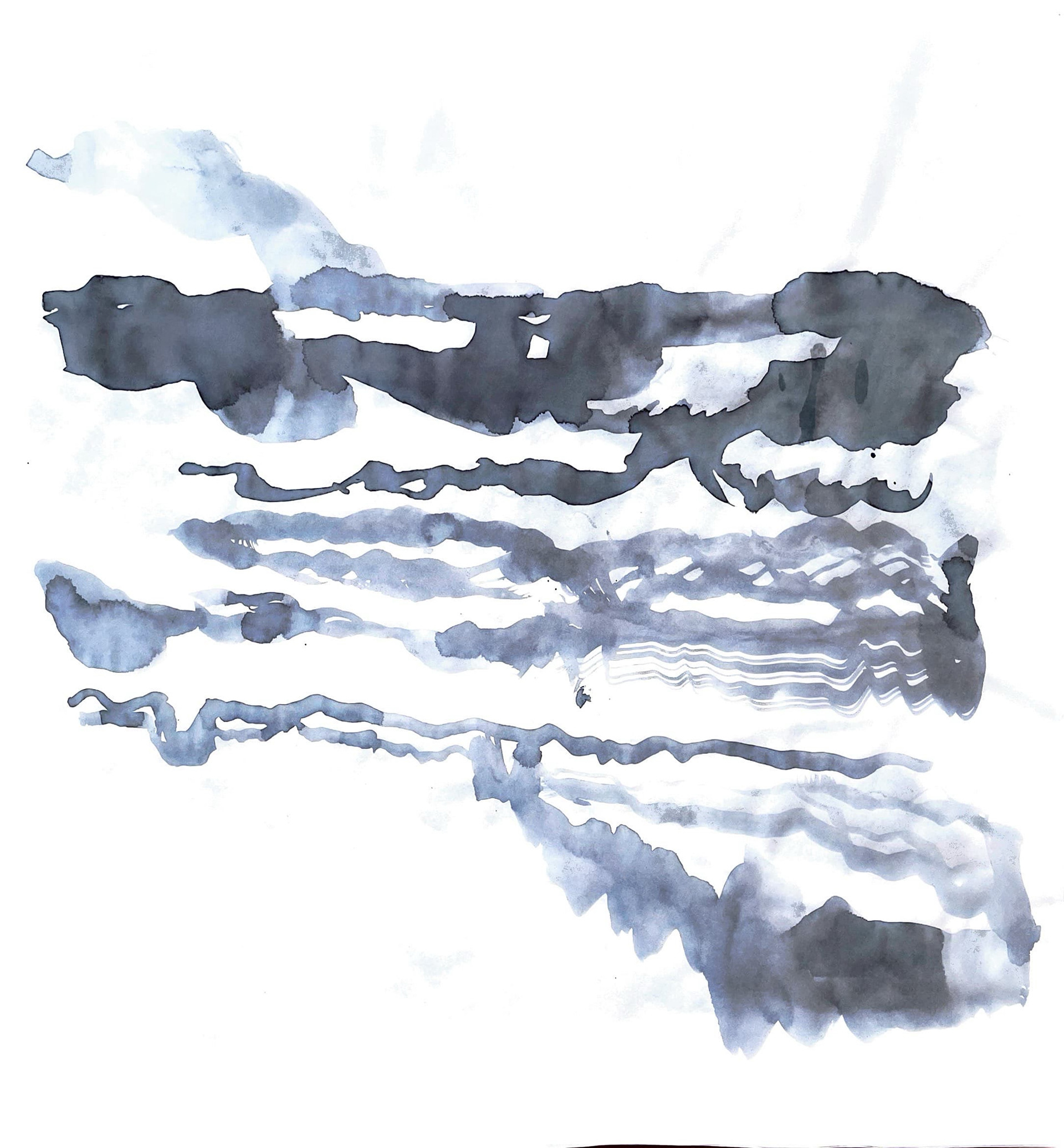
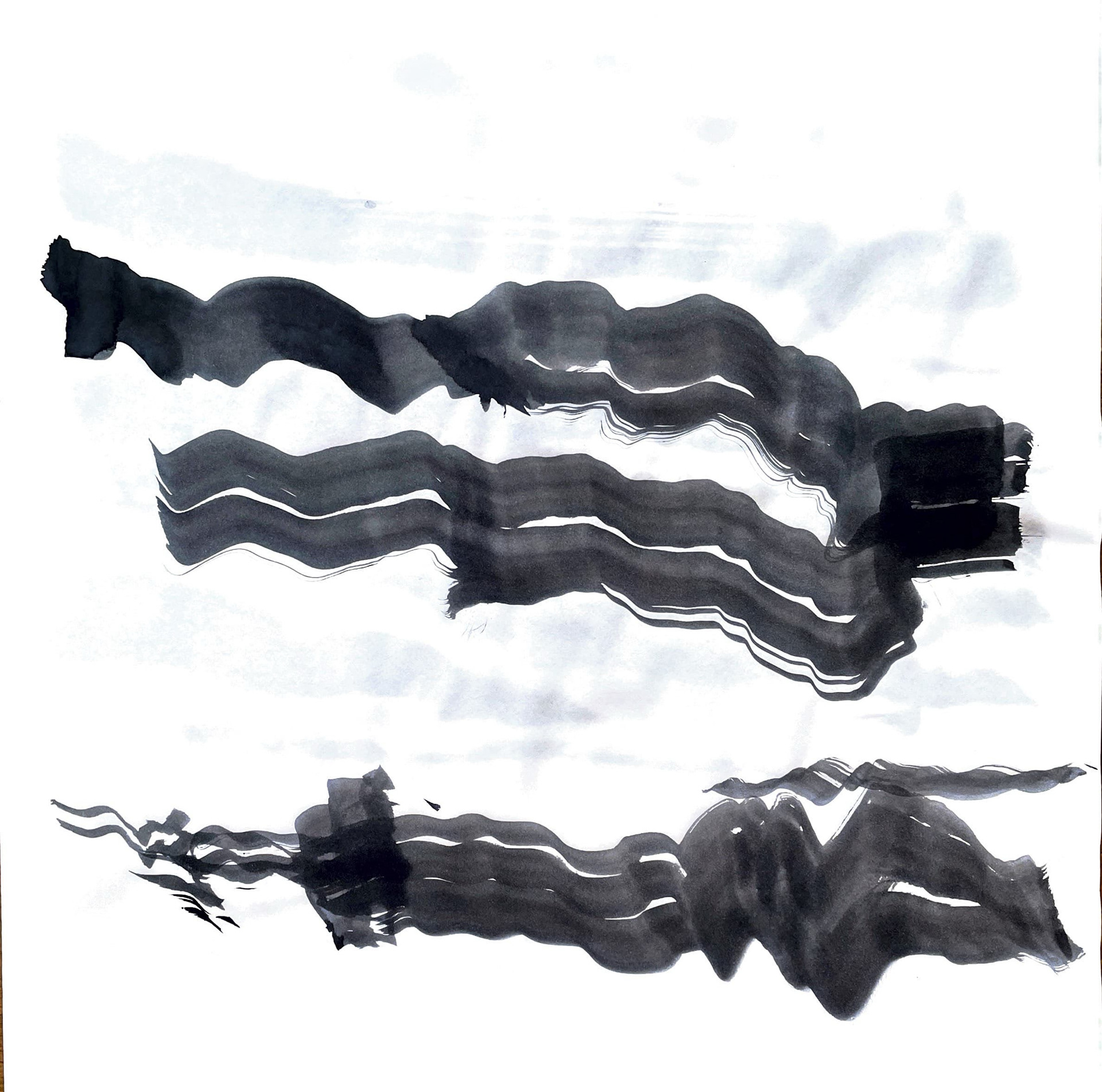
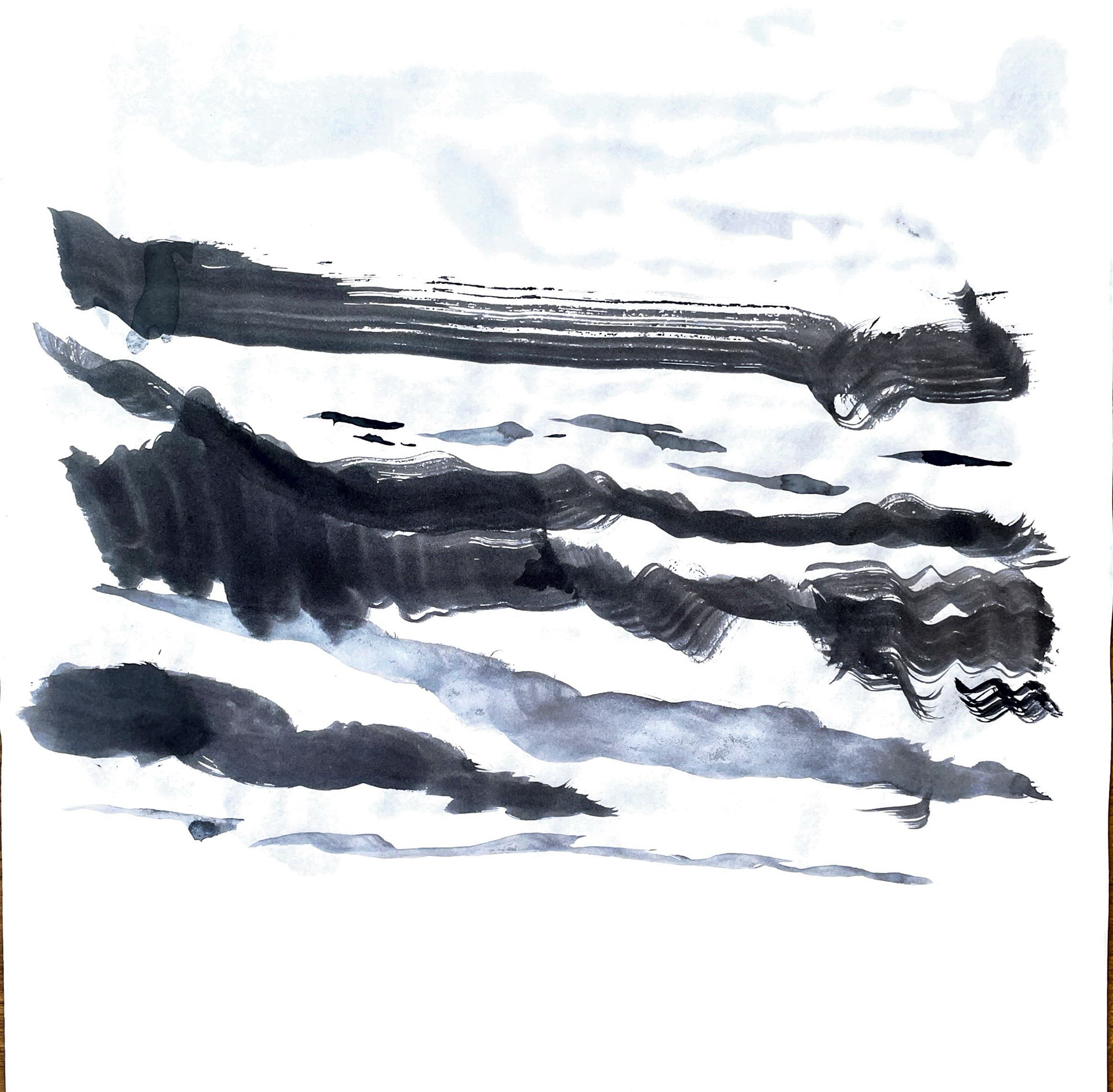

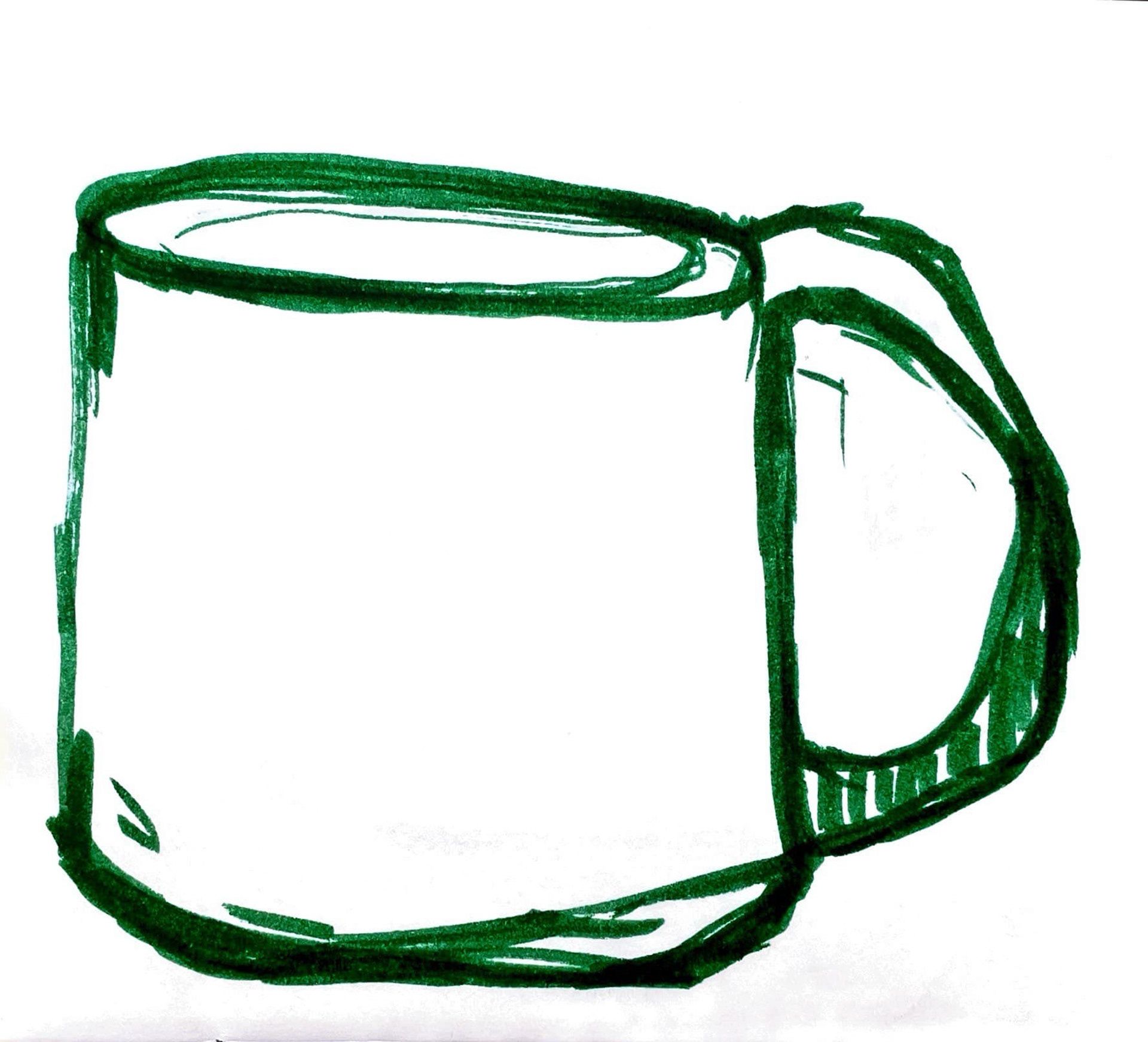
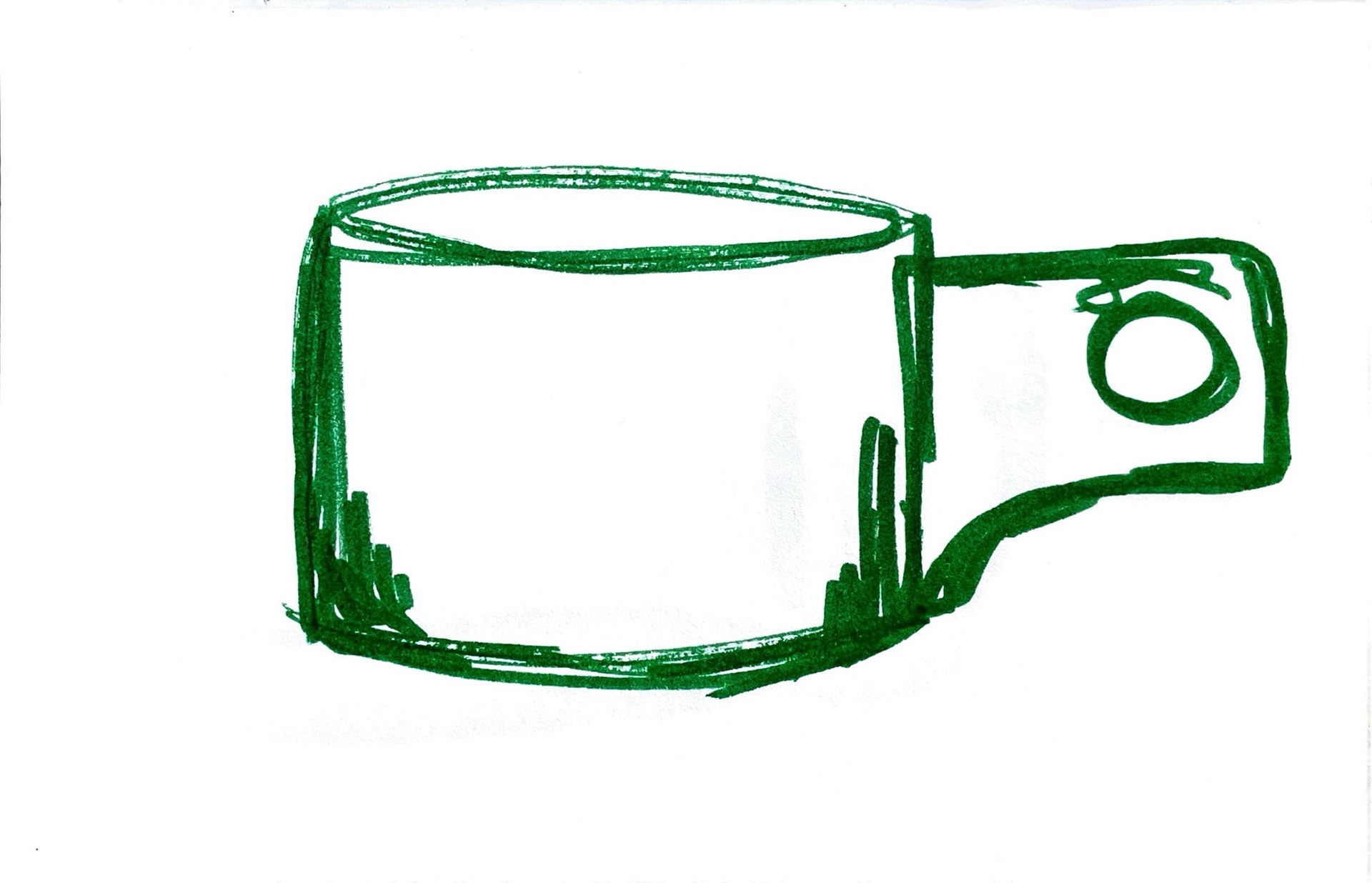
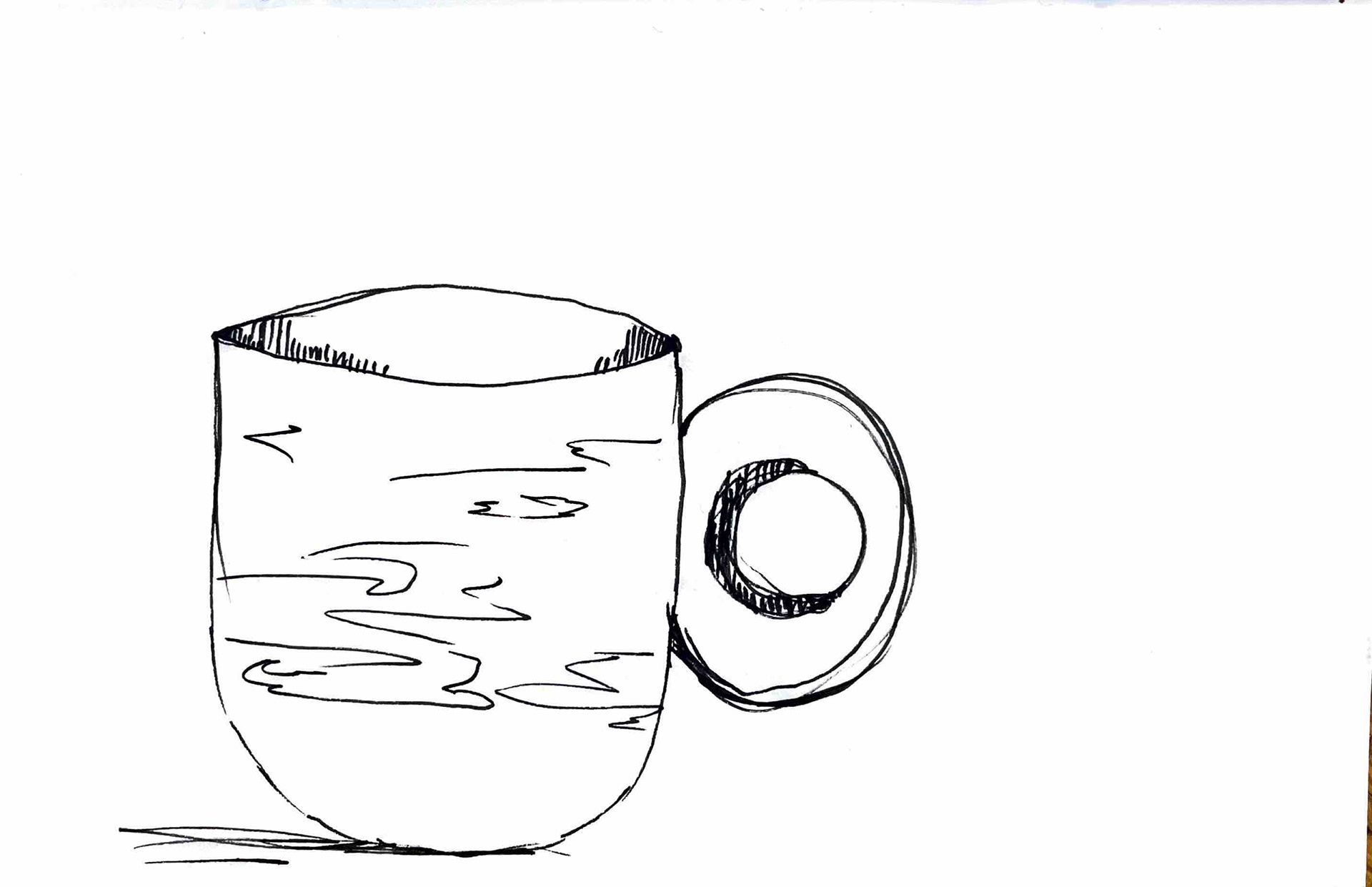

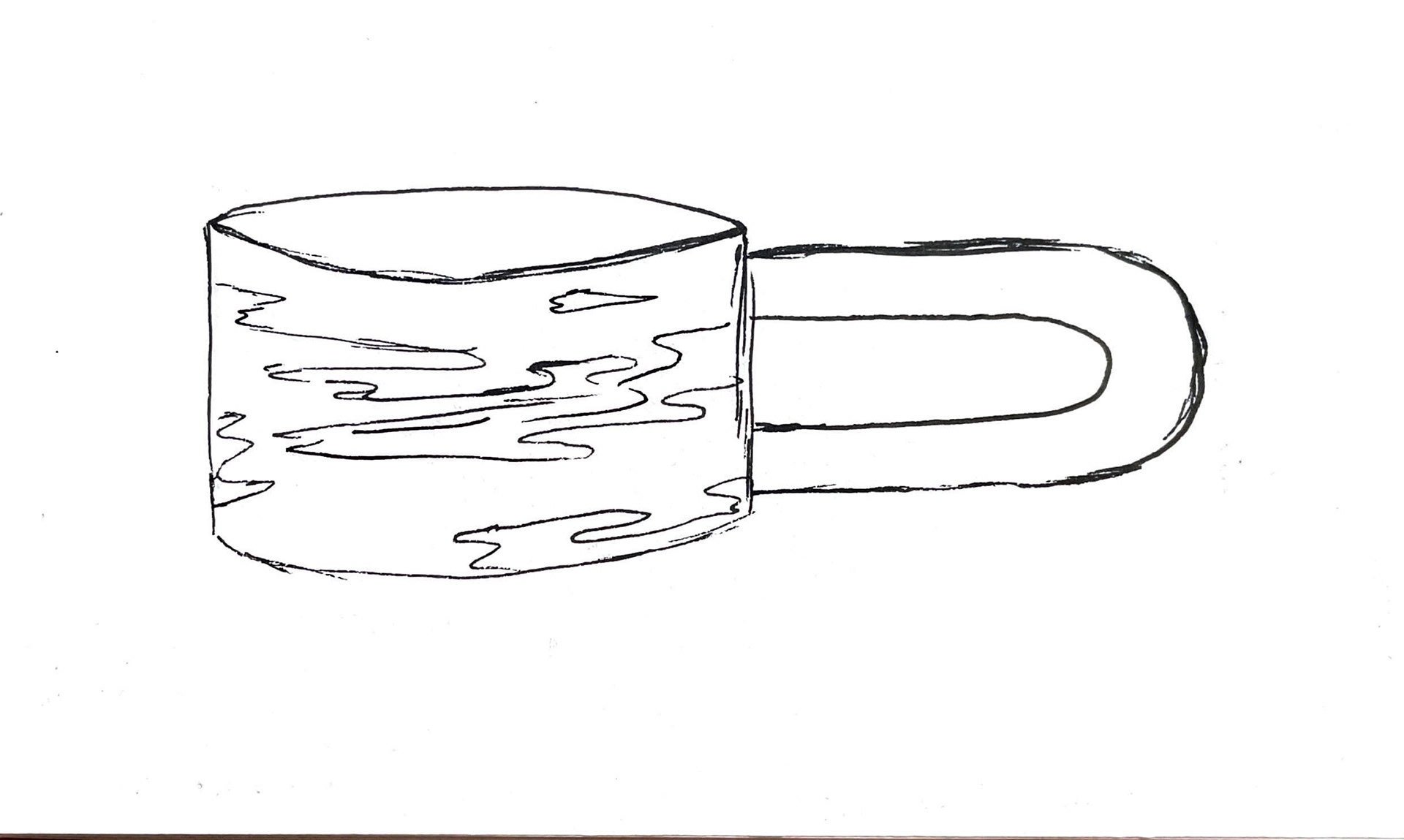
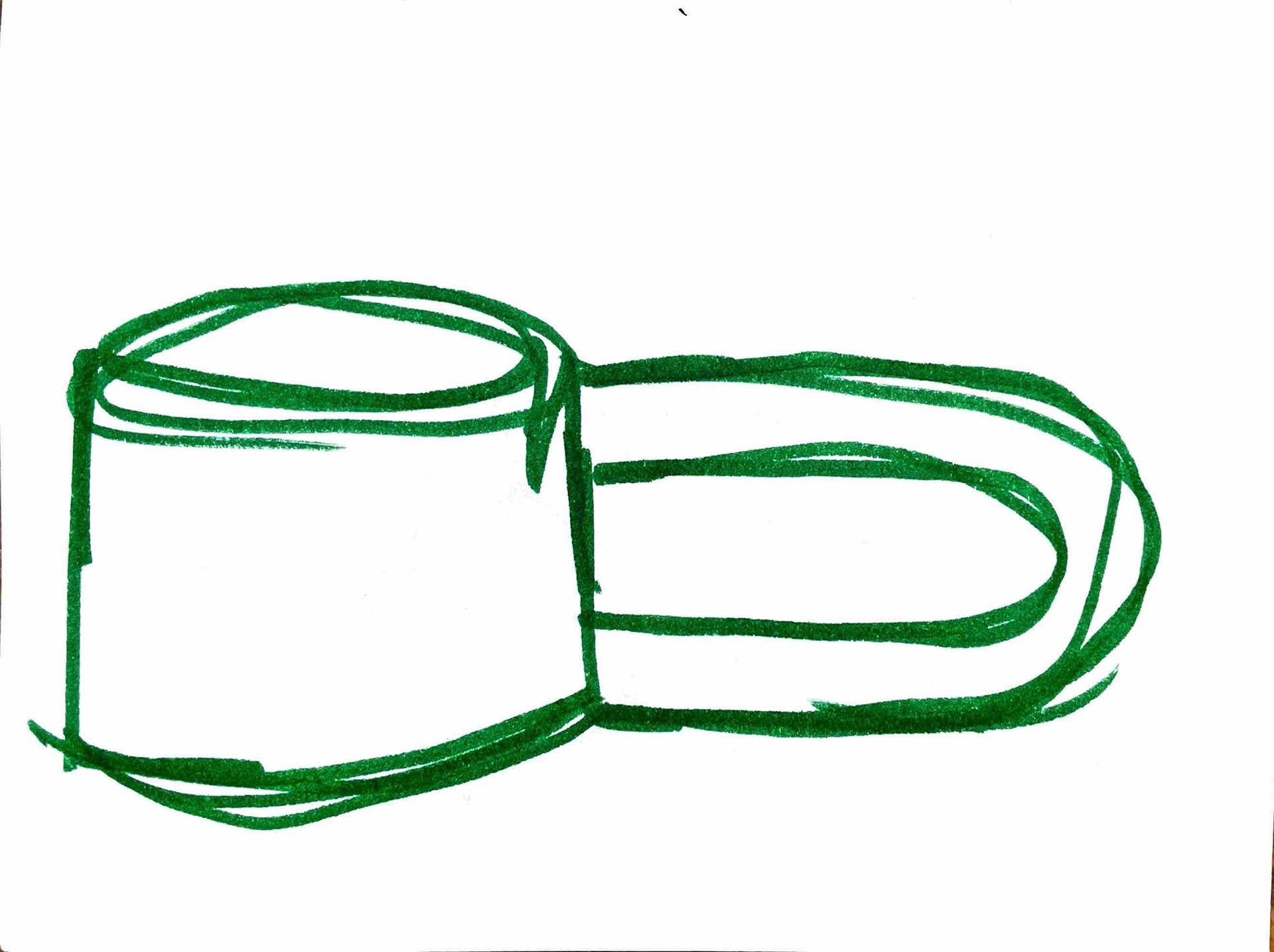
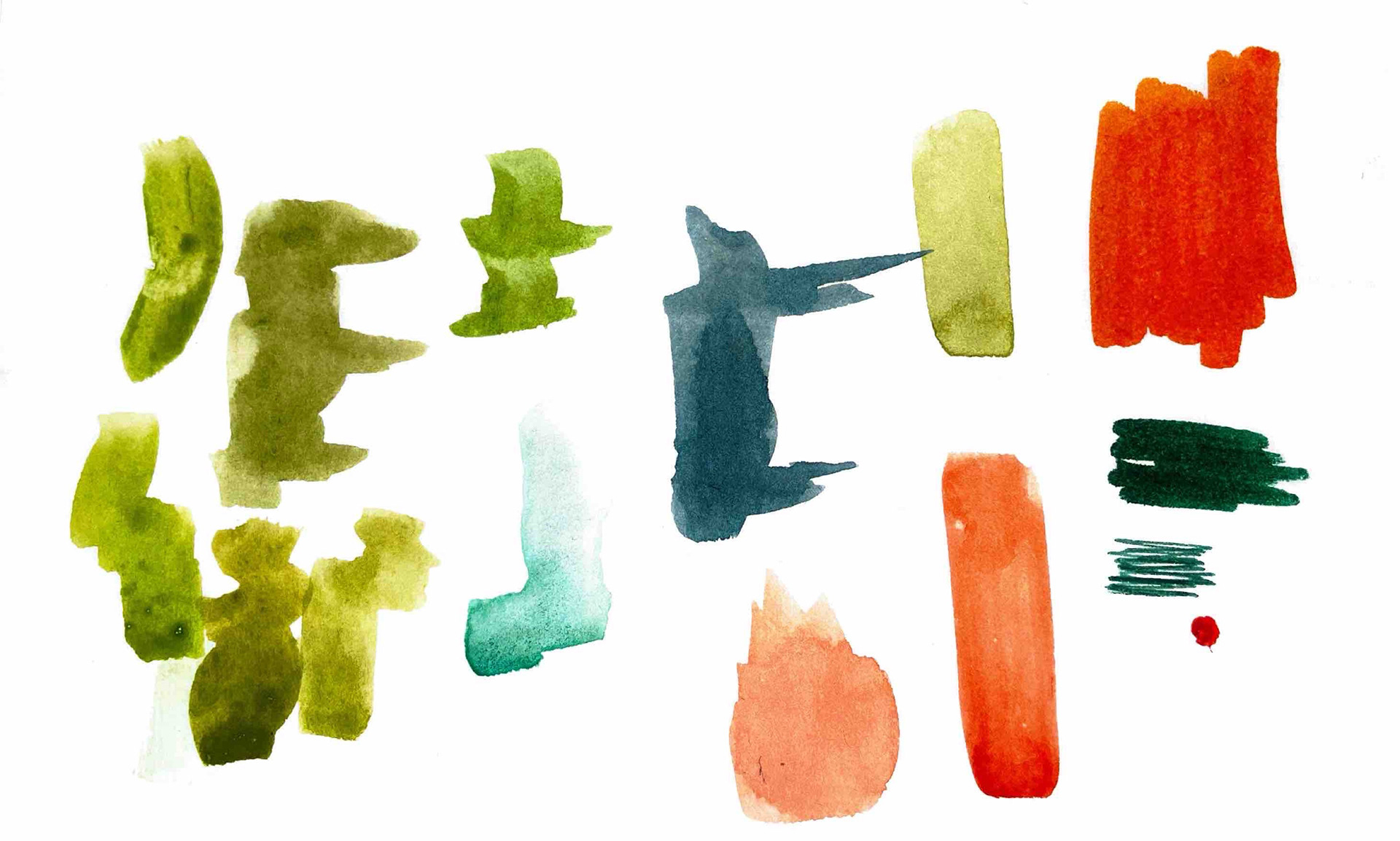

The Great Northern Contemporary Craft Fair


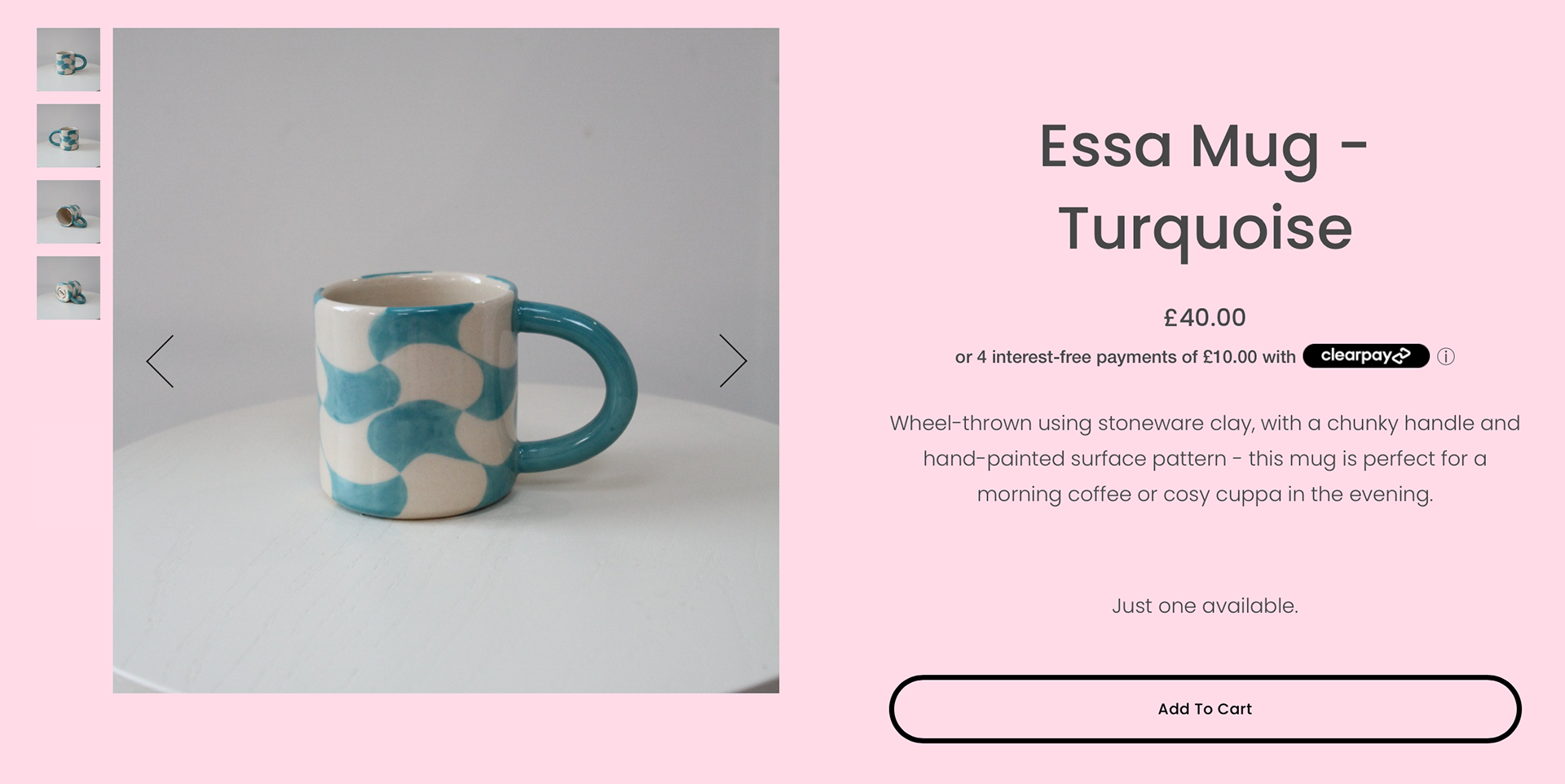
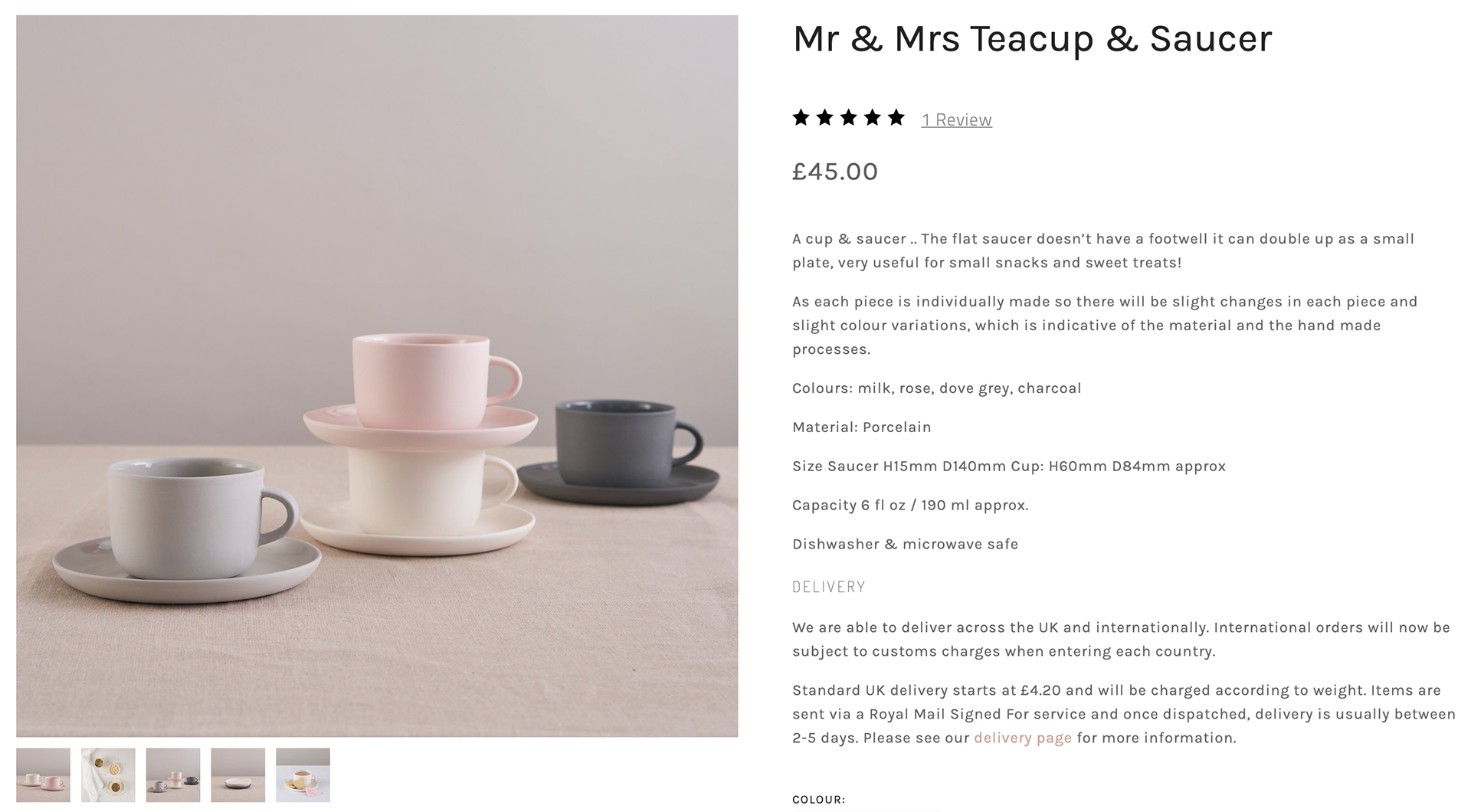
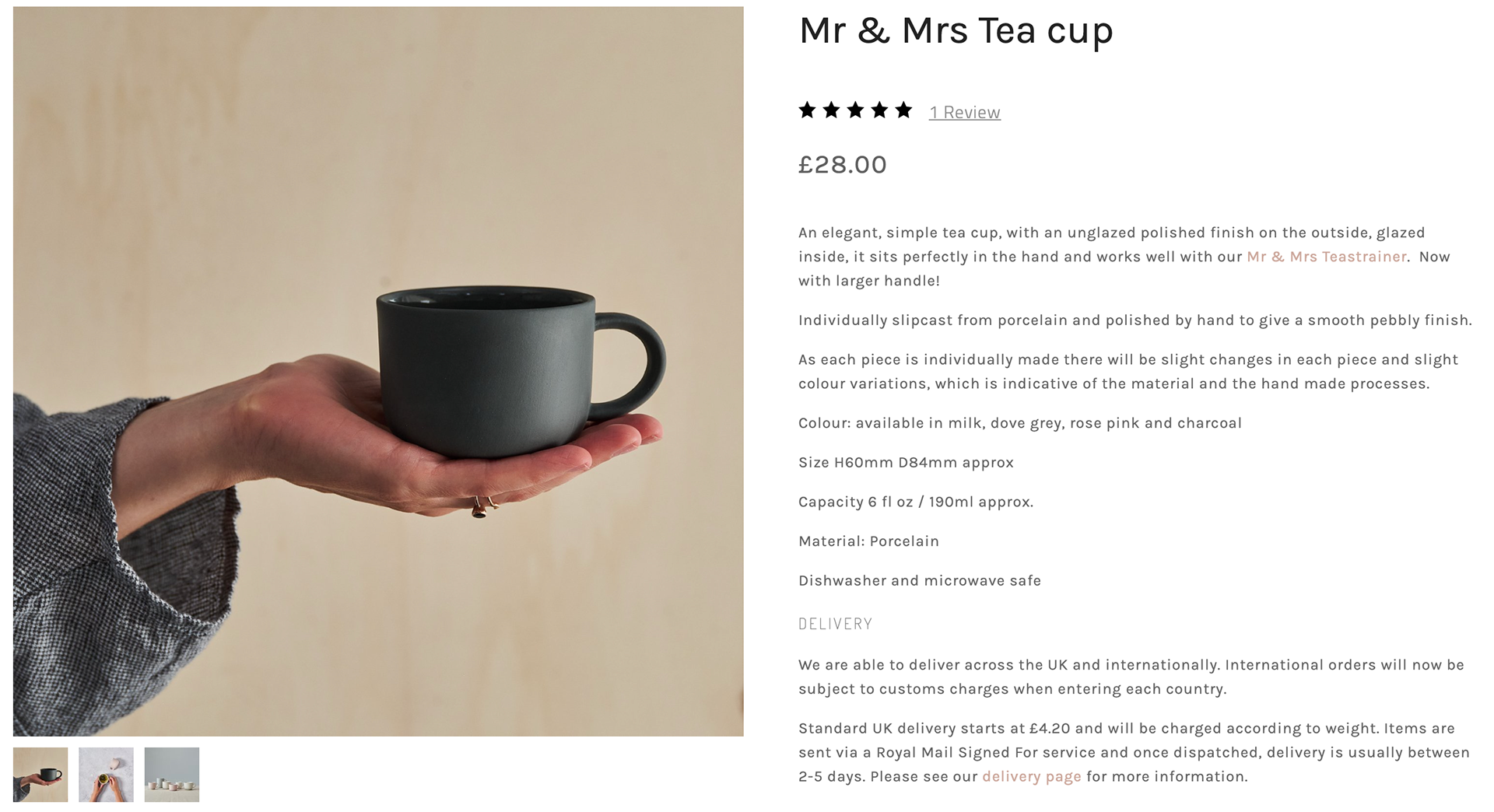
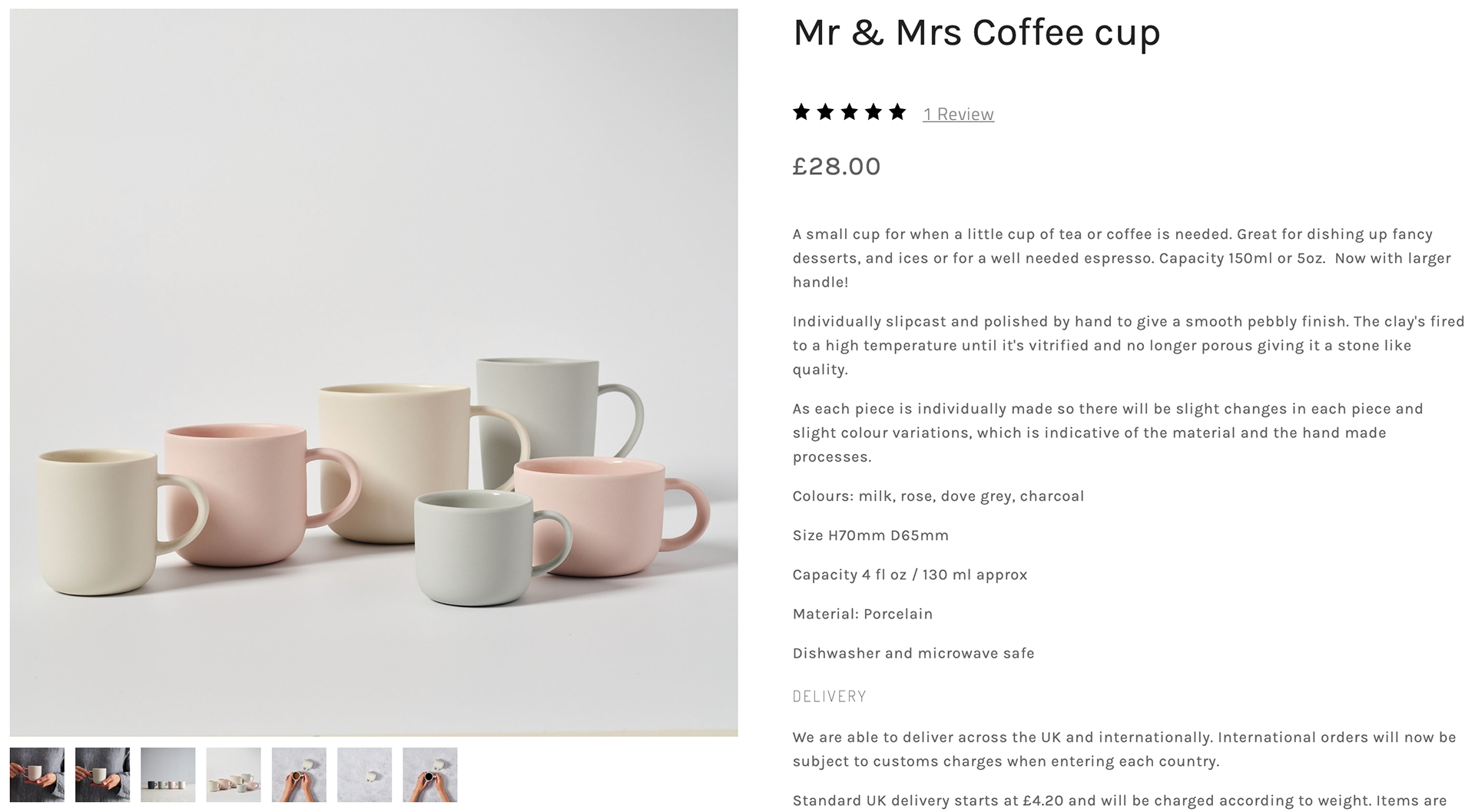
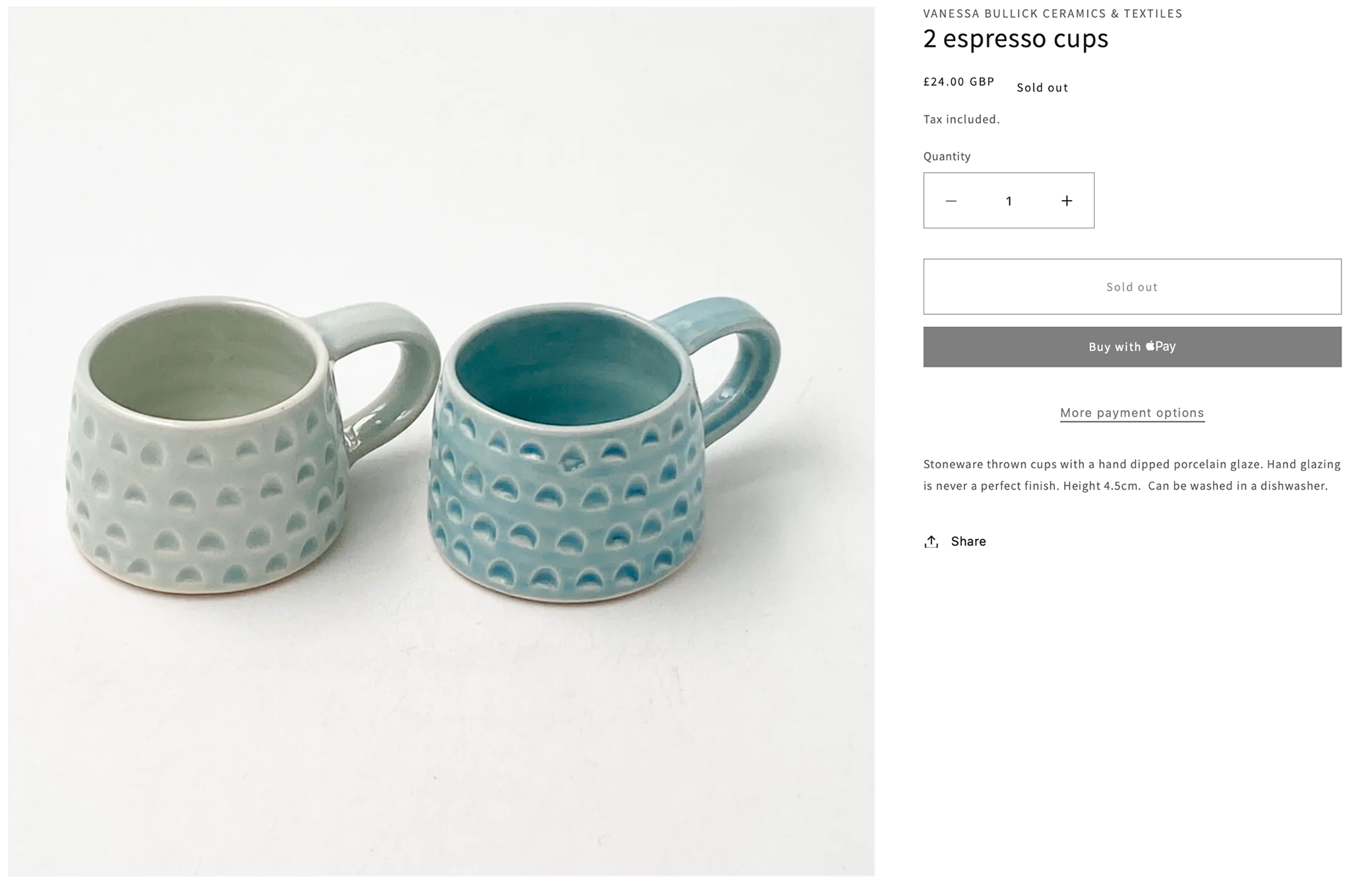


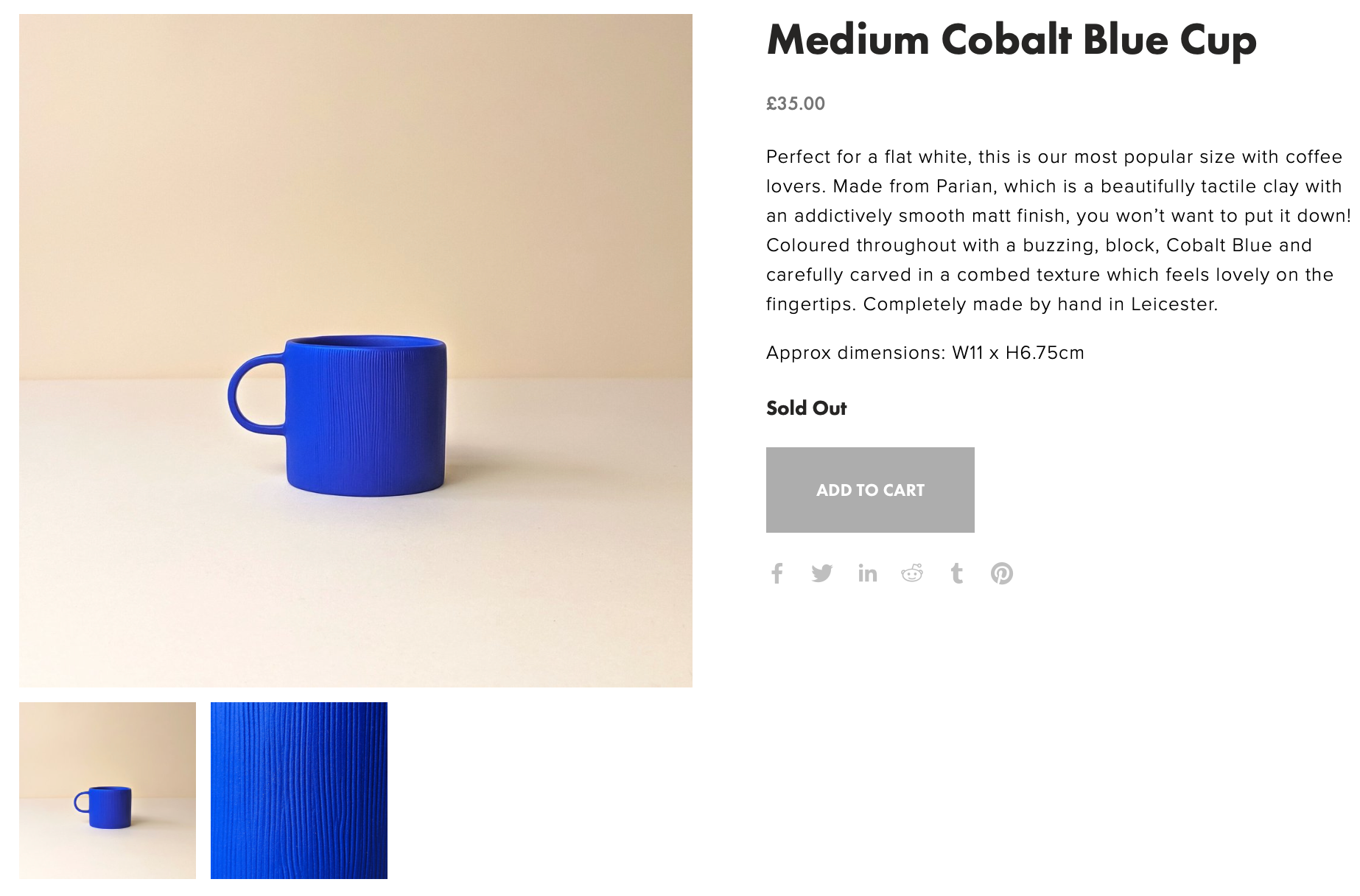
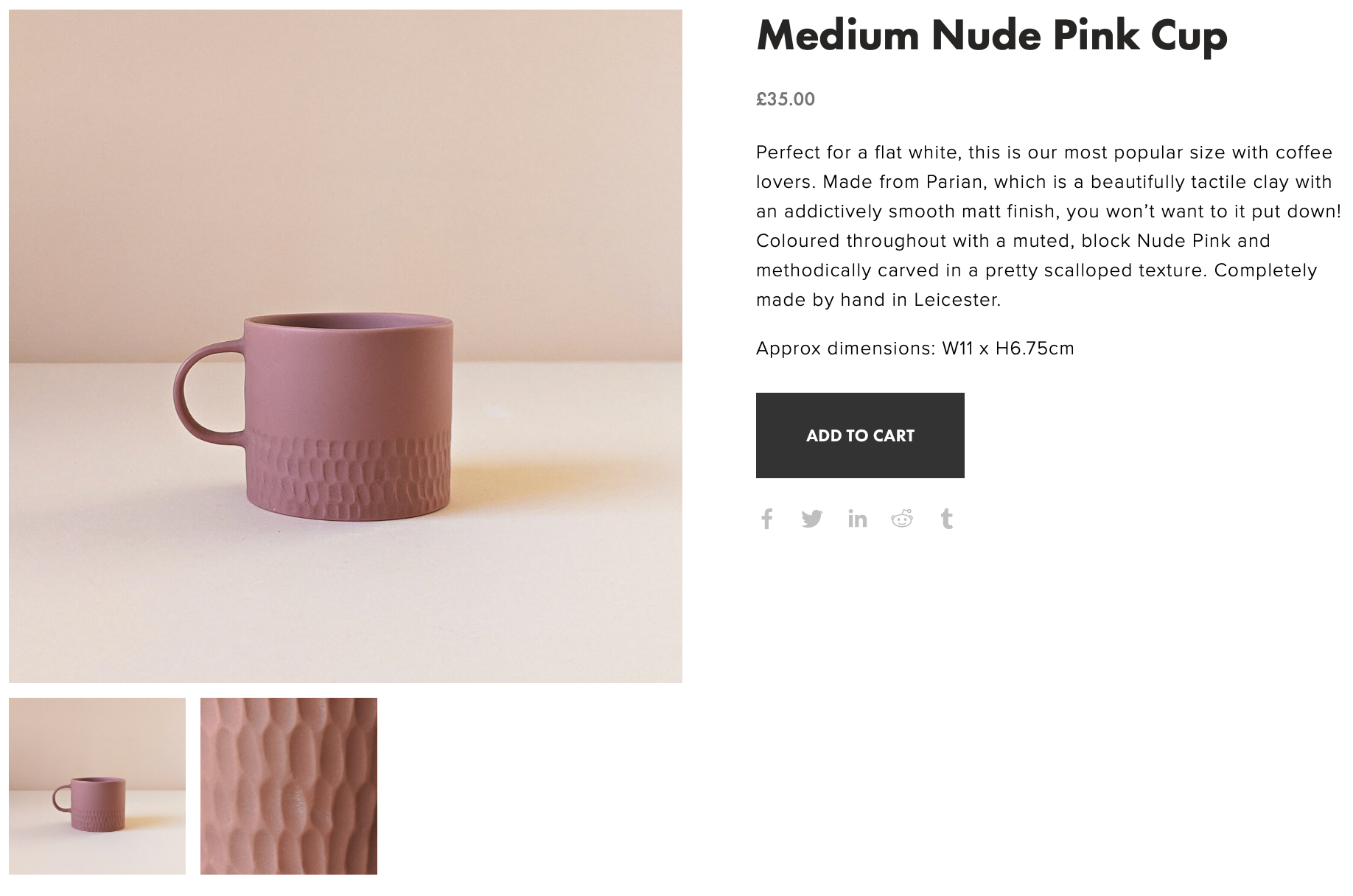

Looking at previous exhibitors' websites and how they display and photograph their work will inspire my photography and layout of displaying my mugs. There's a wide range of photography of the mugs, and as they can be sold individually or in sets, this is shown in their photos; they do group photos of their mugs, which I intend to do. They also have pictures of people interacting with them, holding the mugs which I think is clever, displaying the sizing of the mugs.
https://www.holliecooperceramics.co.uk/shop
https://www.suepryke.com/shop/mr-mrs-coffee-cup
https://vanessabullick.co.uk/collections/mugs
https://www.speckledgrey.com/shop/medium-cobalt-blue-marbled-cup
Pricing Mugs



Finding the pricing for my mugs and saucers materials on various websites.
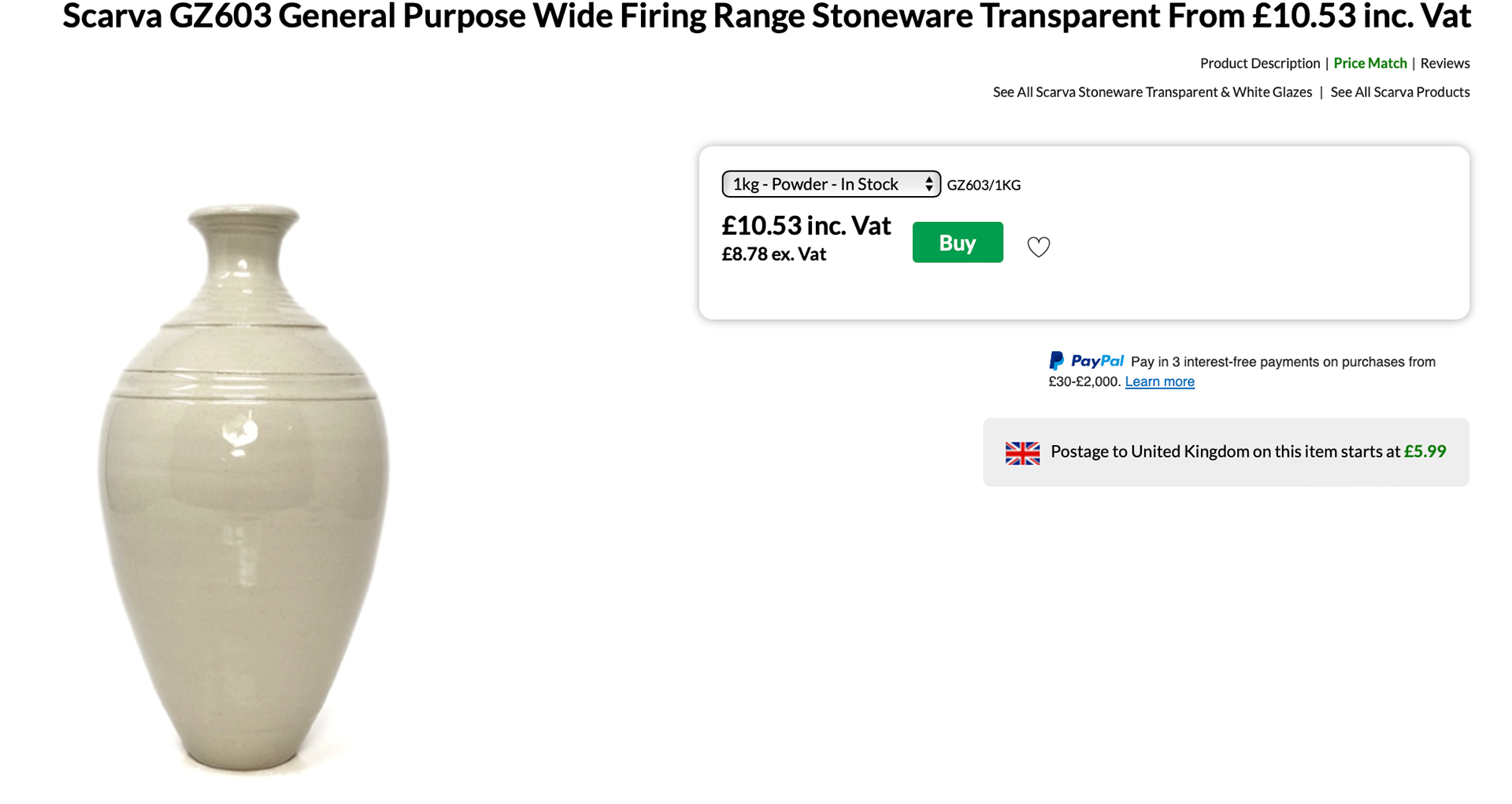

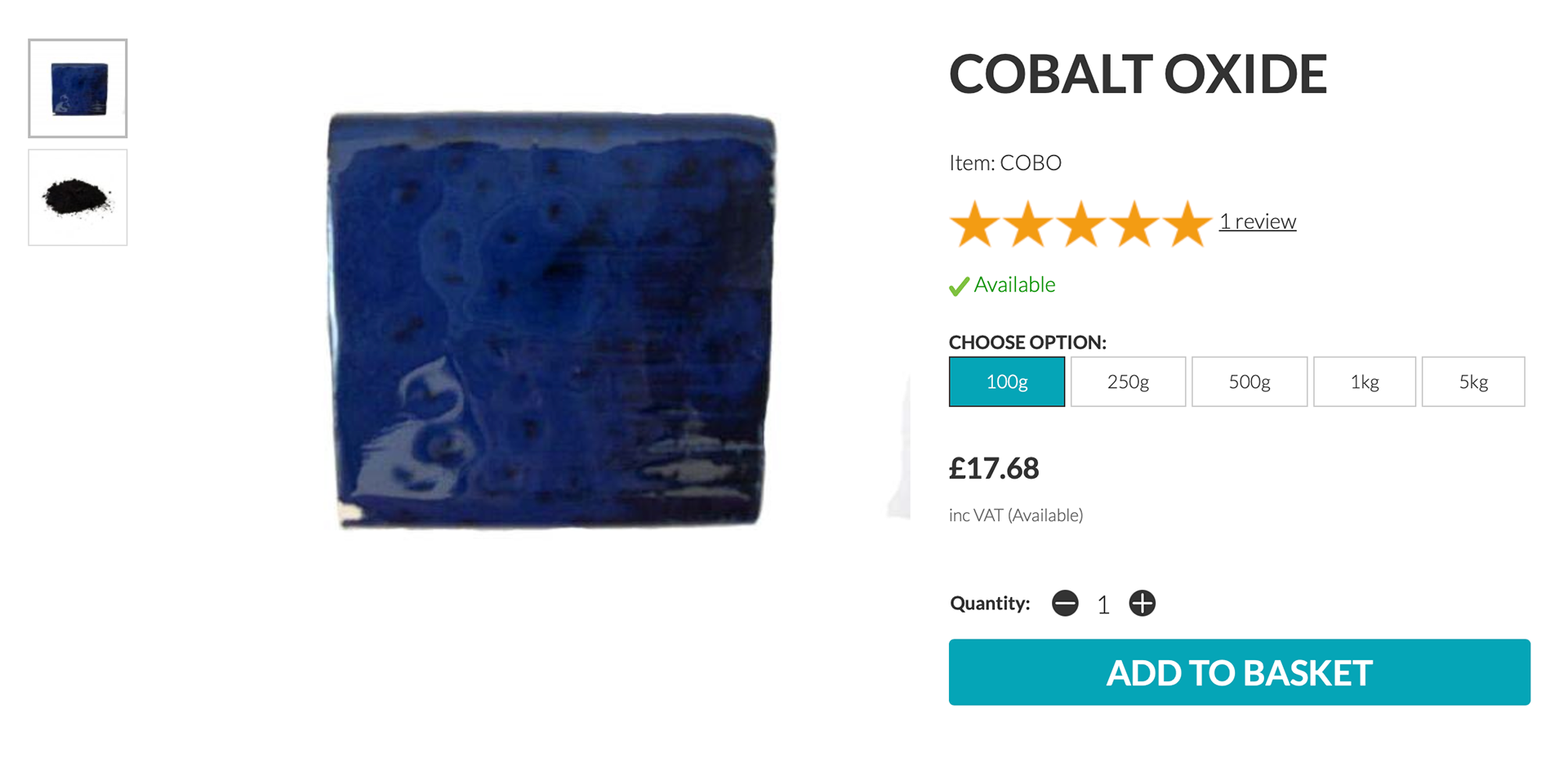
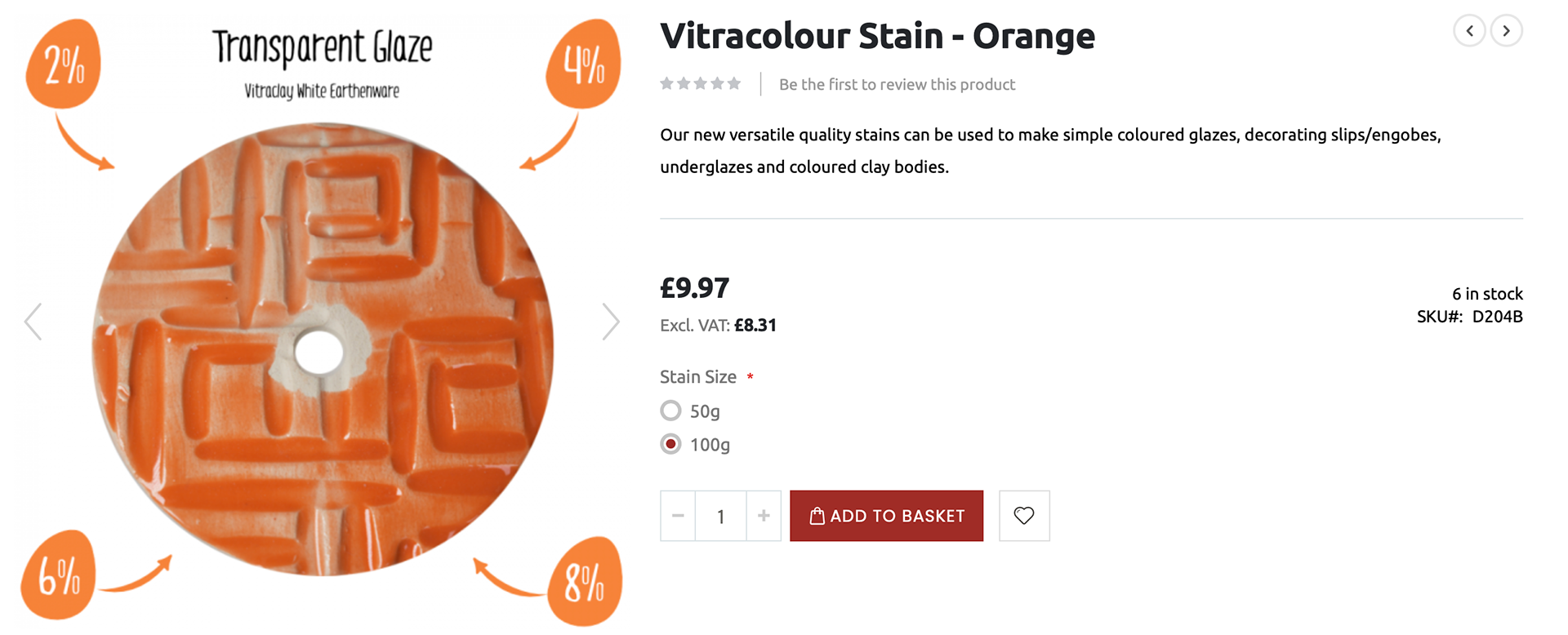
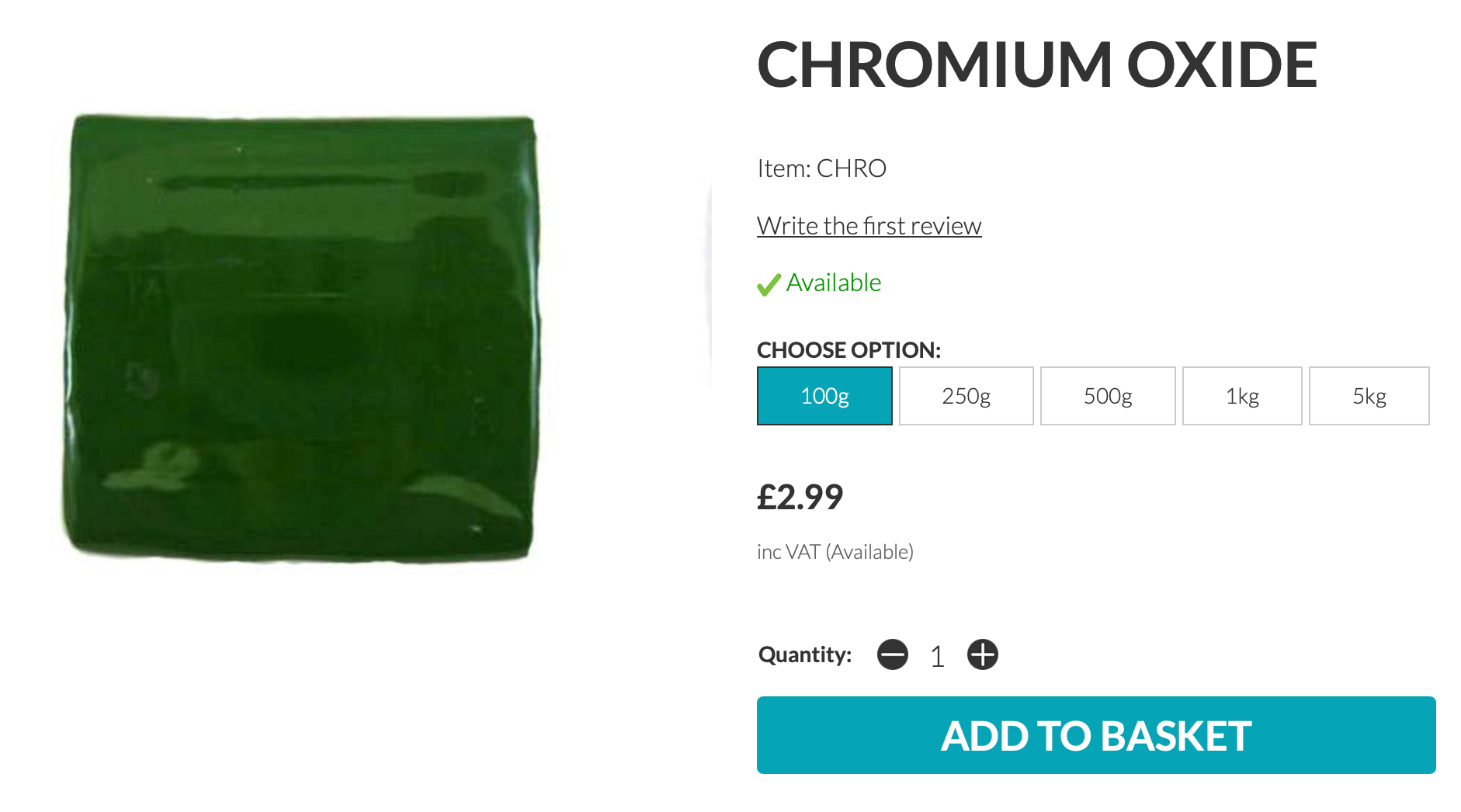

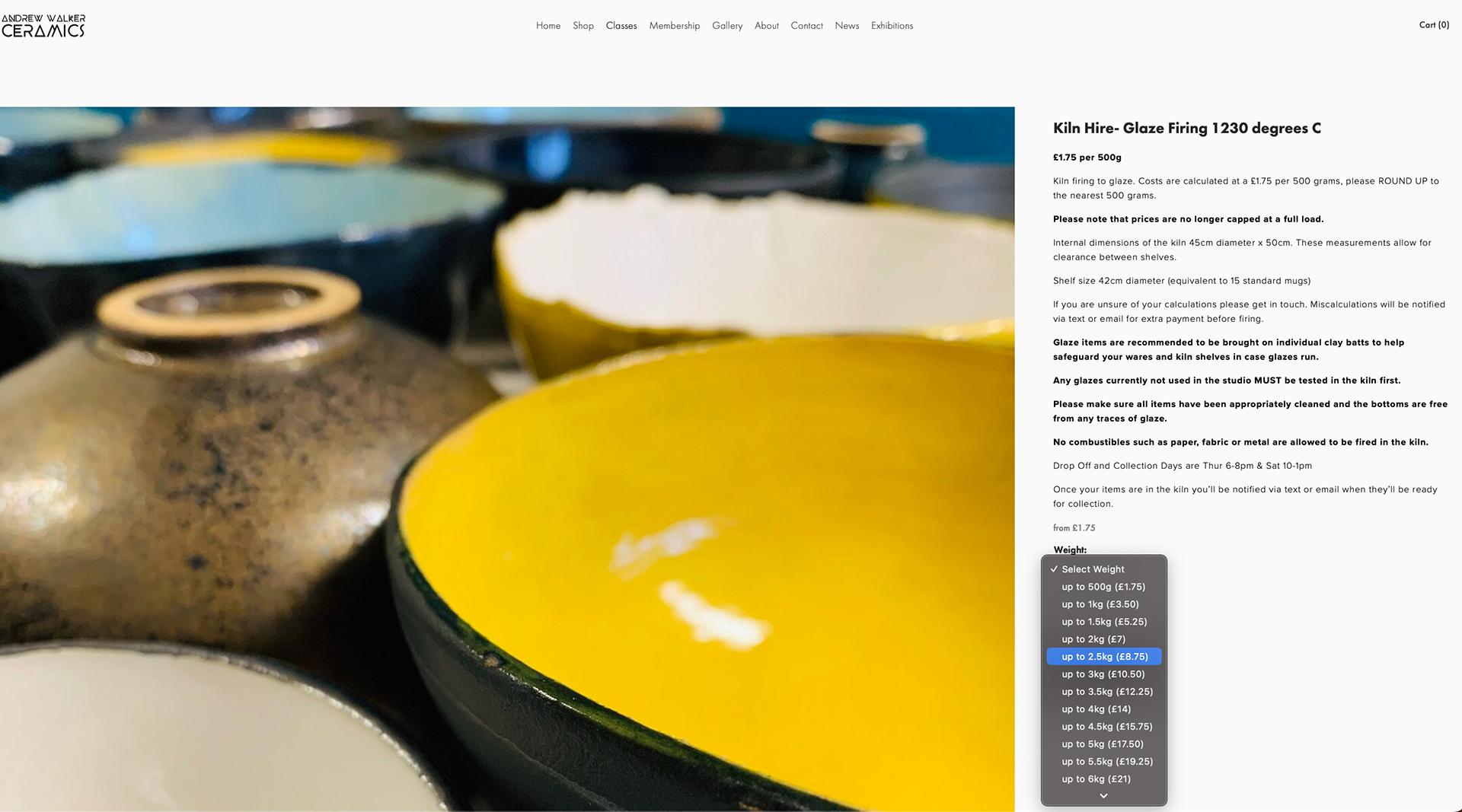
As most studios don't provide kilns, and they can be expensive to keep and run for one individual, I found a place in my local area that offers a kiln firing service; as my ceramics are small, they are easy to transport, and I can fill more into a kiln reducing my price. Based on my mug sets, a mug is around 300g x this by the eight items (8 saucers and mugs), my firing will be 2.4 kg; therefore, I would fire at the 2.5kg firing, which for bisque is £7.50 and for a glaze firing £8.50 meaning my total firing will be £16 however if I fired a more extensive collection all at the same time it will reduce my price a significant amount.
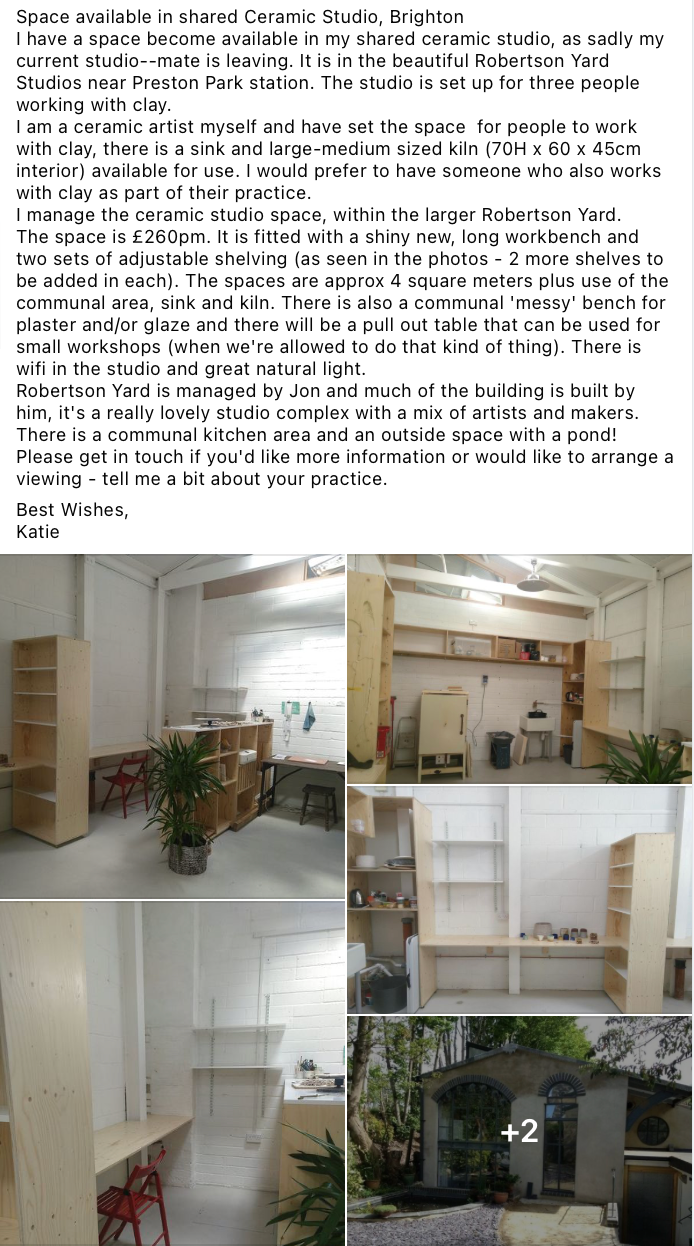

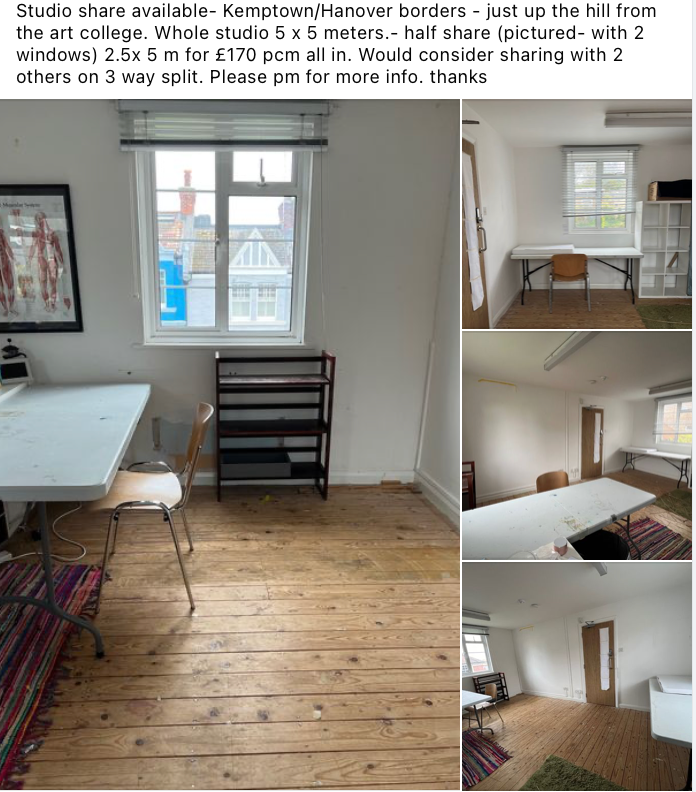
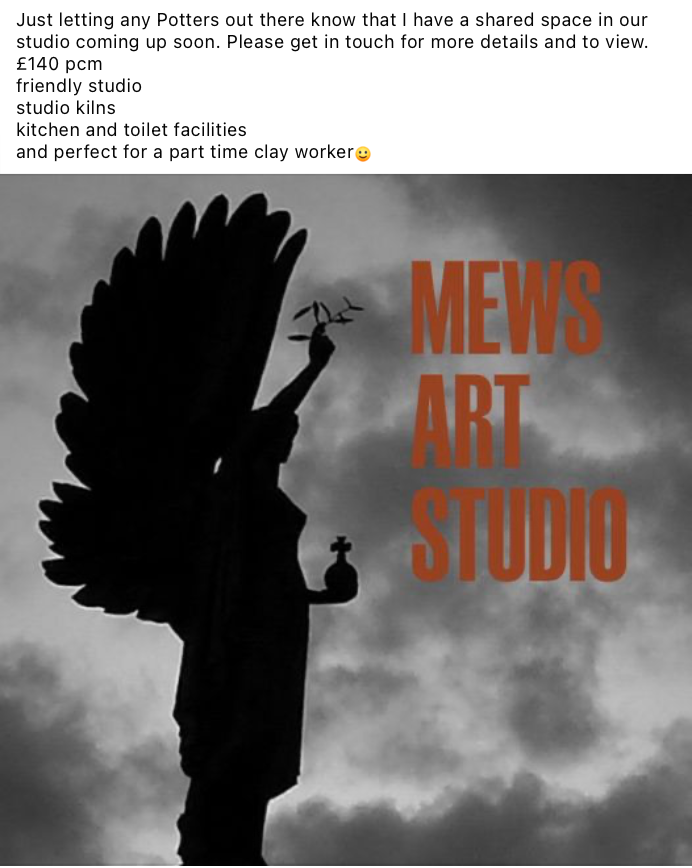
Looking into these studios, the average price for a studio with bare space and facilities in Brighton is £182 pcm. If I looked at different locations, the cost might vary slightly as Brighton is expensive for space, but this is where I plan to be based.

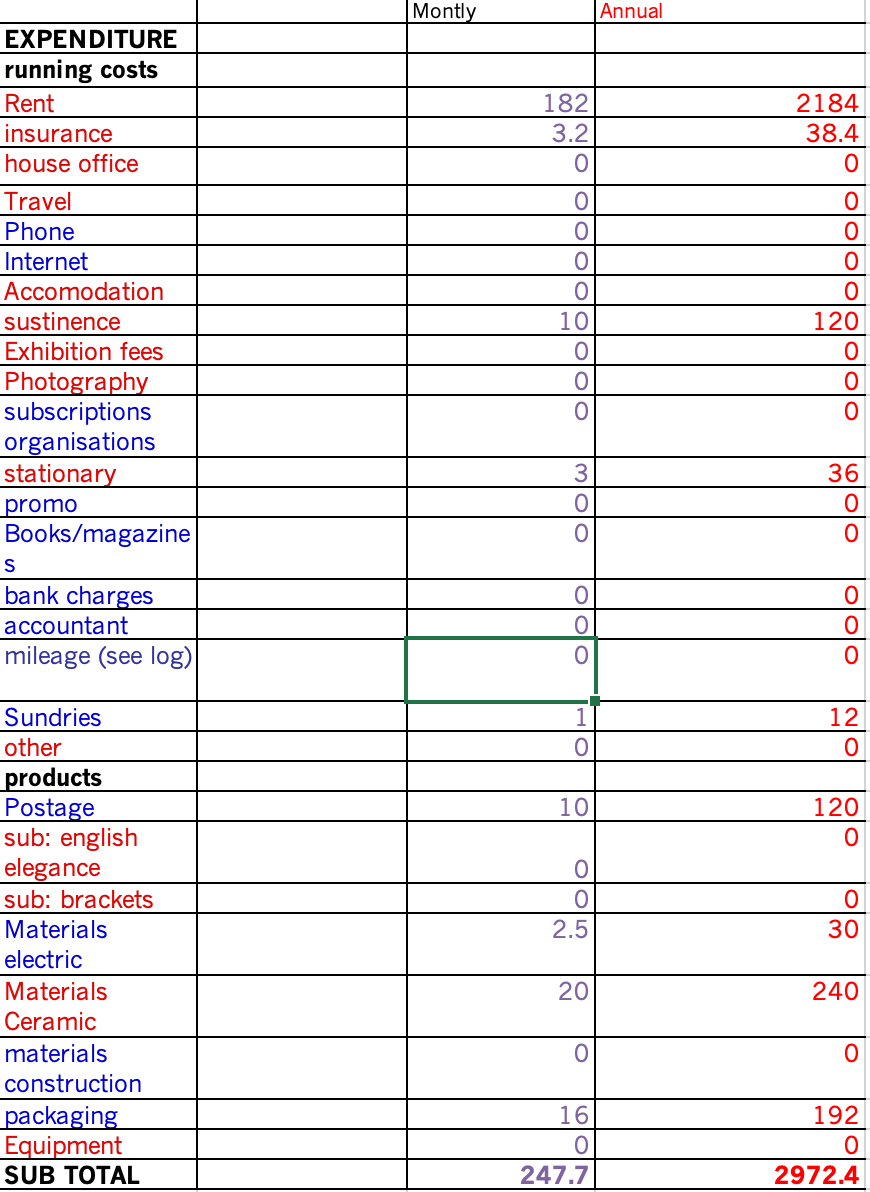
Using this Excel sheet showing me my yearly expenses, I was able to eliminate a lot of costs due to not having any subscriptions, and accountants, paying extra for a bank account, and also deciding to £0 for my accommodation and travel, for exhibitions or shows as I the shows I'm interested in are all in areas where I have family therefore can reduce my yearly spending. I then decided on my annual wage, which I decided was £23,000 yearly income as a graduated ceramicist. I decided I would be working 20 hours a week just making. This doesn't include all hours, including packaging, emails or sorting out the business. This is based on making time; therefore, I'll work 20 hours a week for 45 weeks yearly, allowing myself seven weeks off a year. Due to this information, I will earn an hourly rate of £31.63.
As my mugs and saucers took 180 minutes and will be sold in sets, I have four items that would be sold at £48 (rounded) retail price.
using this pricing technique, my mugs would be priced at for a mug and saucer set-
my hourly wage of 31.63 divided by 60= 0.57 (wage per min) 0.57 x 180 (the amount i worked)= 94.89
94.89/ by 4 (as there are four items)= 23.72
23.72 x 2= 47.45
47.45 x 4 (whole set) = 189.78
40.8 (10% off retail price) x 4= 163.2

Looking into bundle pricing, I then furthered my pricing. An individual set is £48; therefore, a set of 4 should be £190 in total. Having a set price means no incentive for people to buy sets, as the price doesn't change. Therefore, I reduced the retail price by 15%, meaning when a set is brought, it's reduced by 15%, giving buyers a more significant incentive to buy the whole set, therefore
a single set of mug and saucer is £47.50
and a four-set of mugs and saucers is £163
references
https://www.msmugs.com/pages/bespoke
https://www.sarahcrosbyceramics.com/marble
https://www.illy.com/en-ww/landing/illy-art-collection-coffee-cups
https://www.nescafe.com/gb/coffee-culture/knowledge/coffee-cup-guide